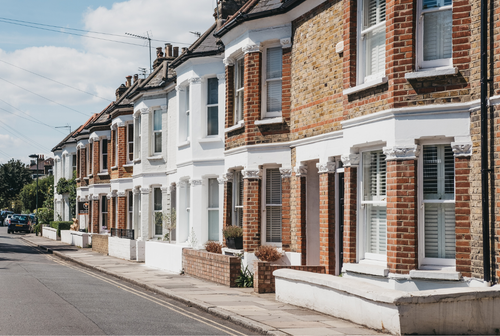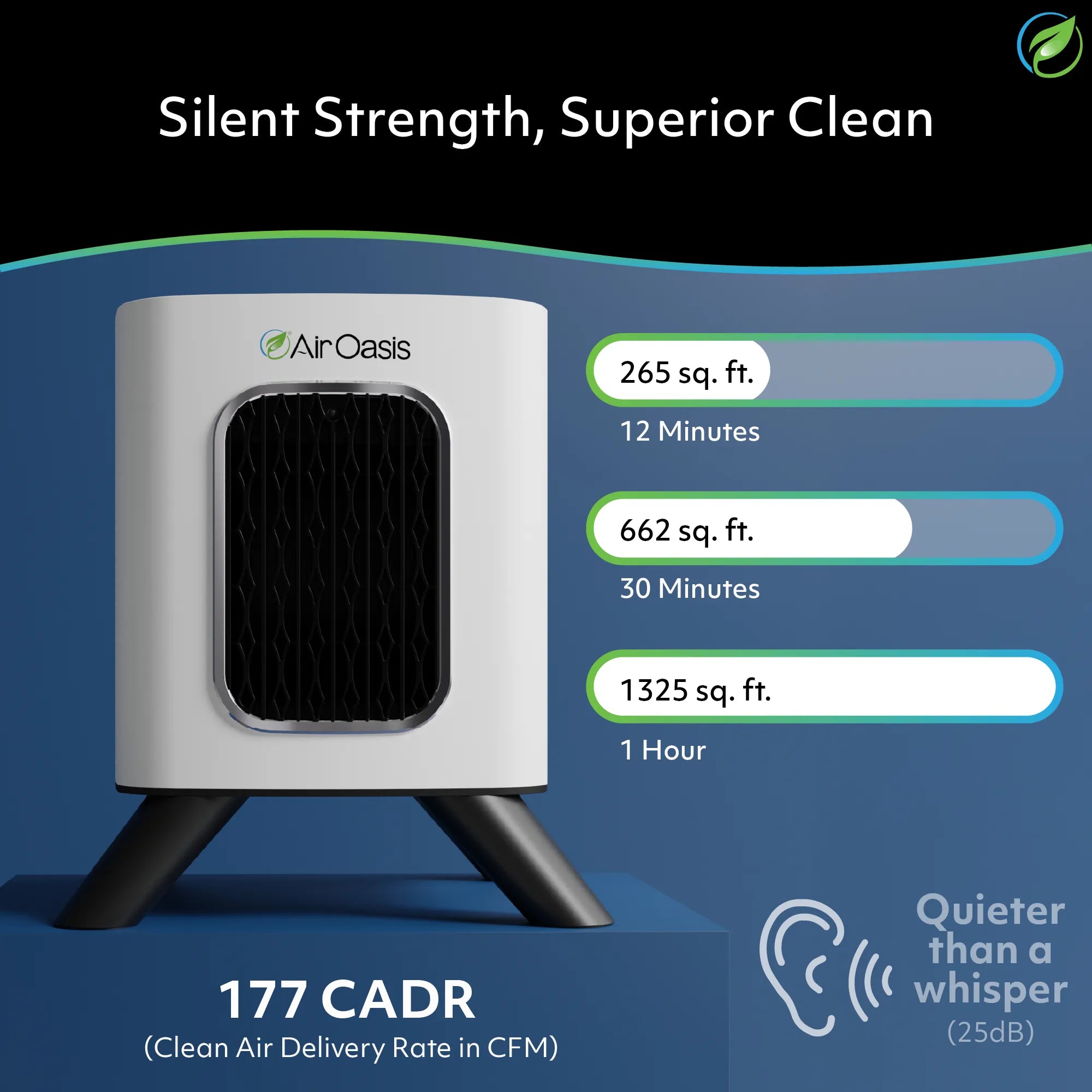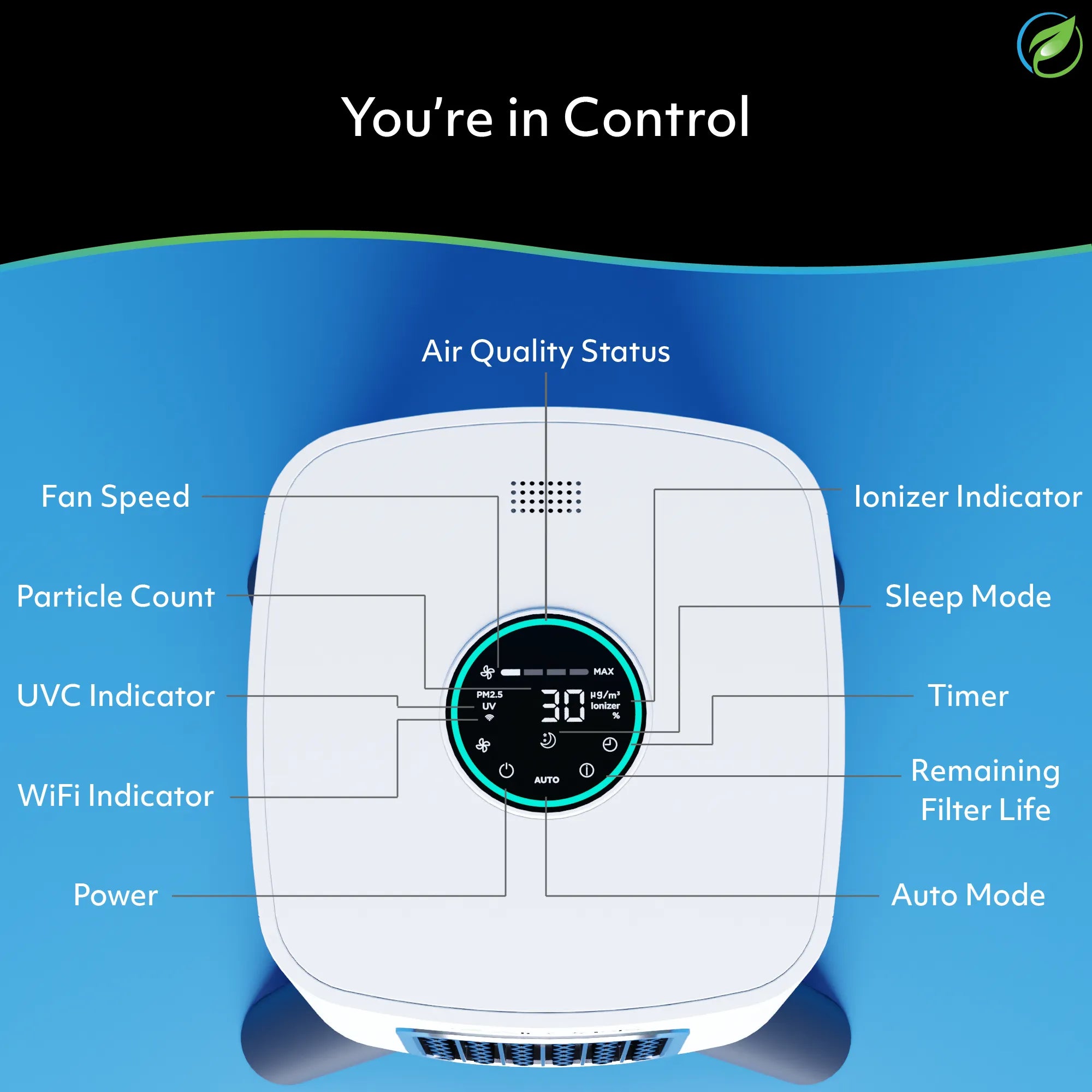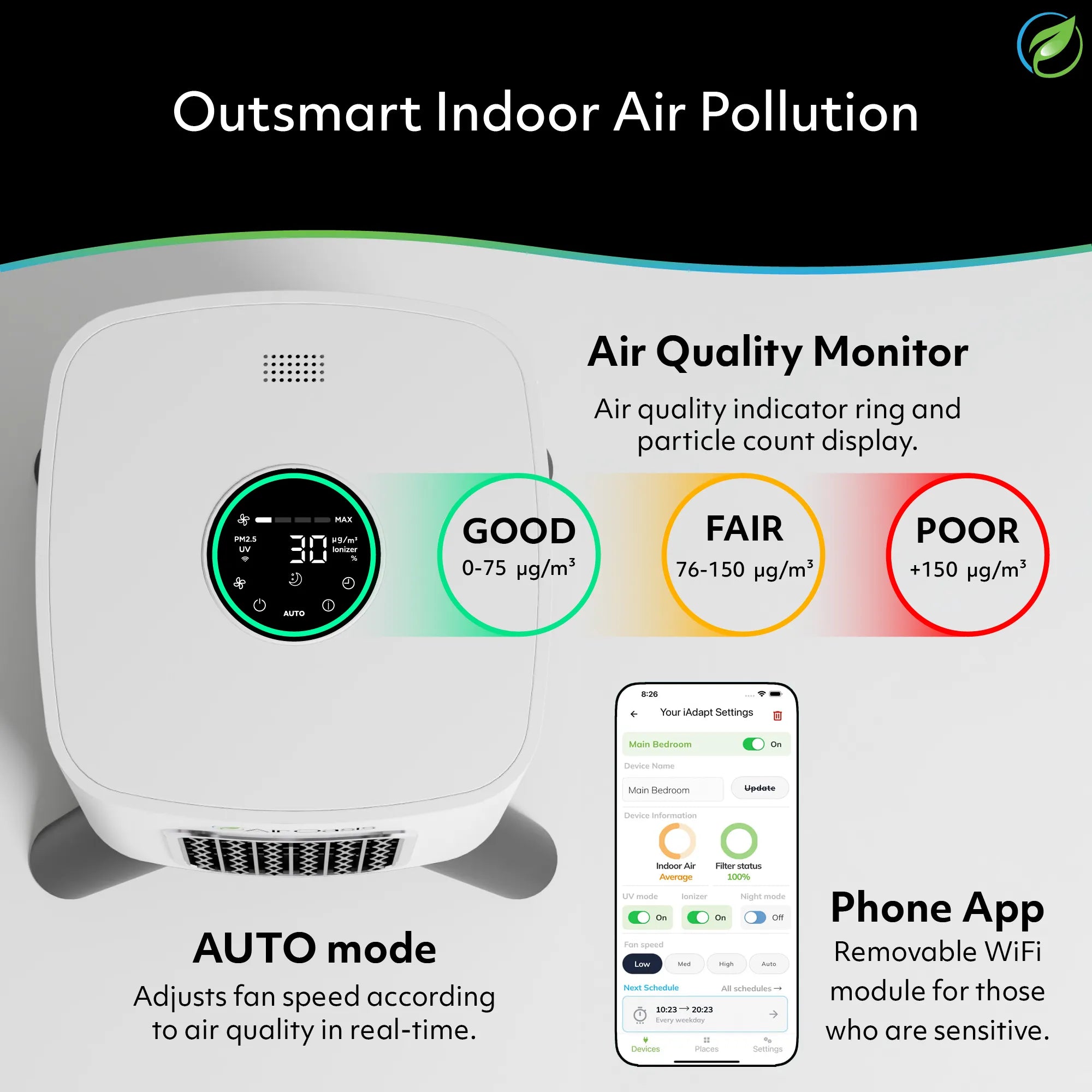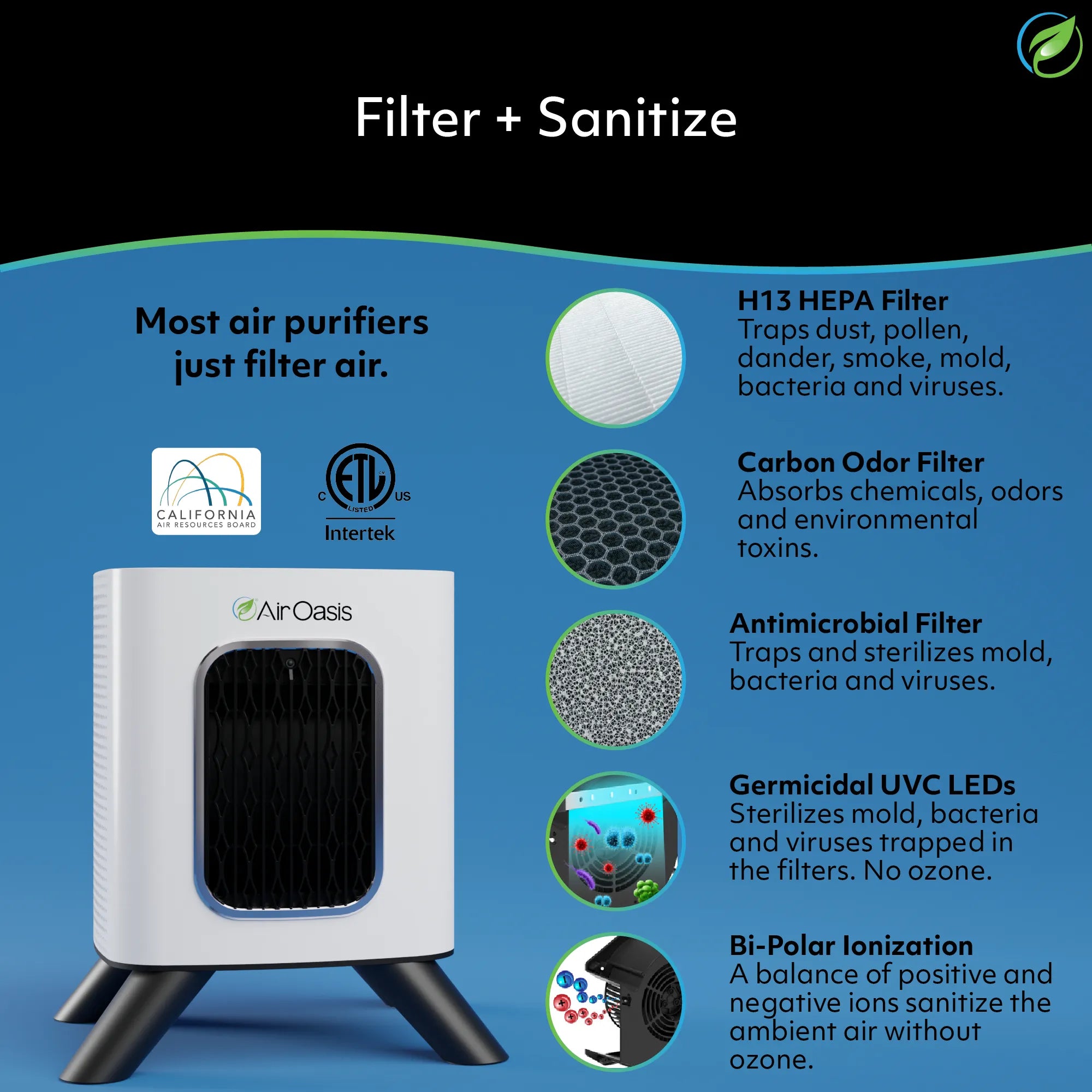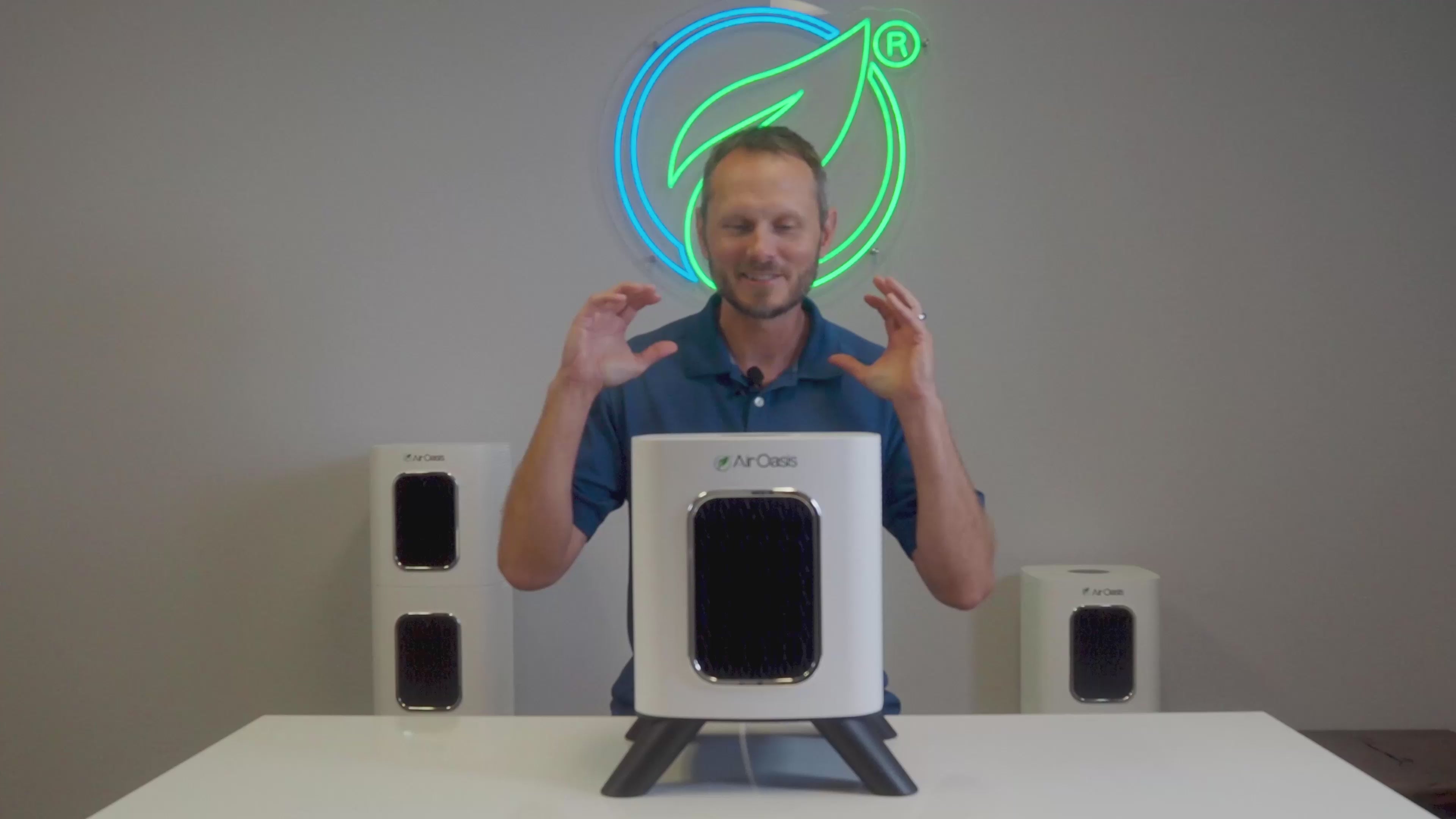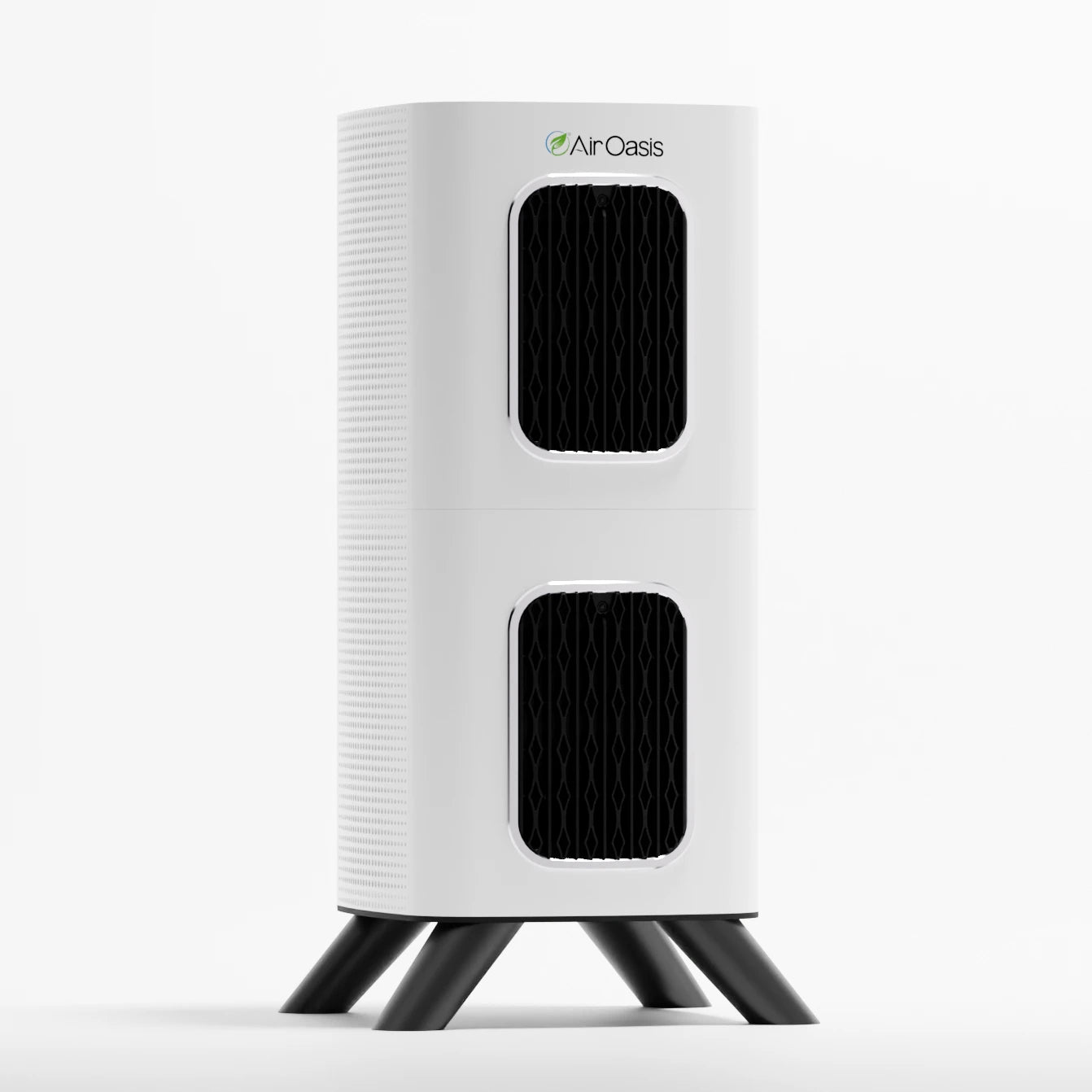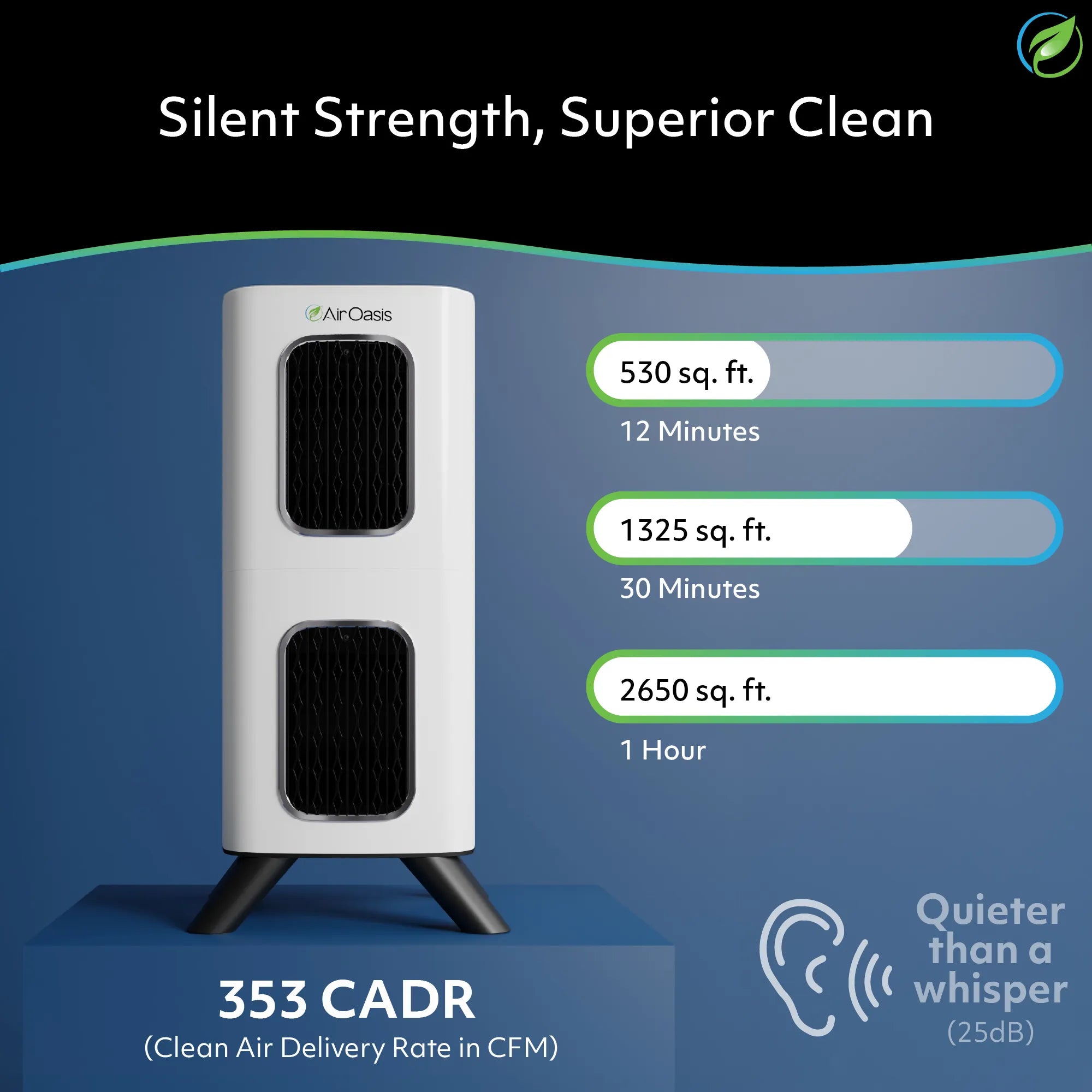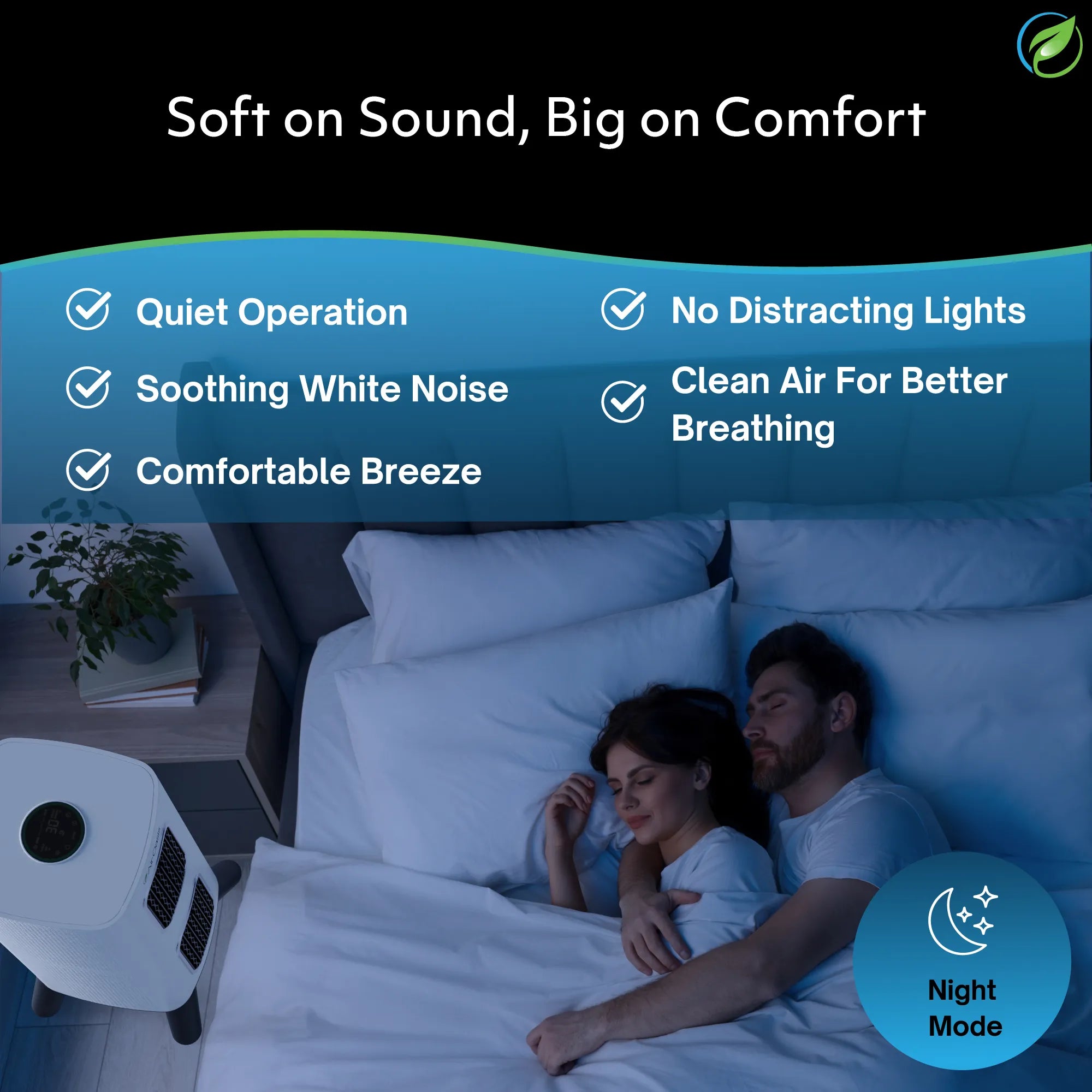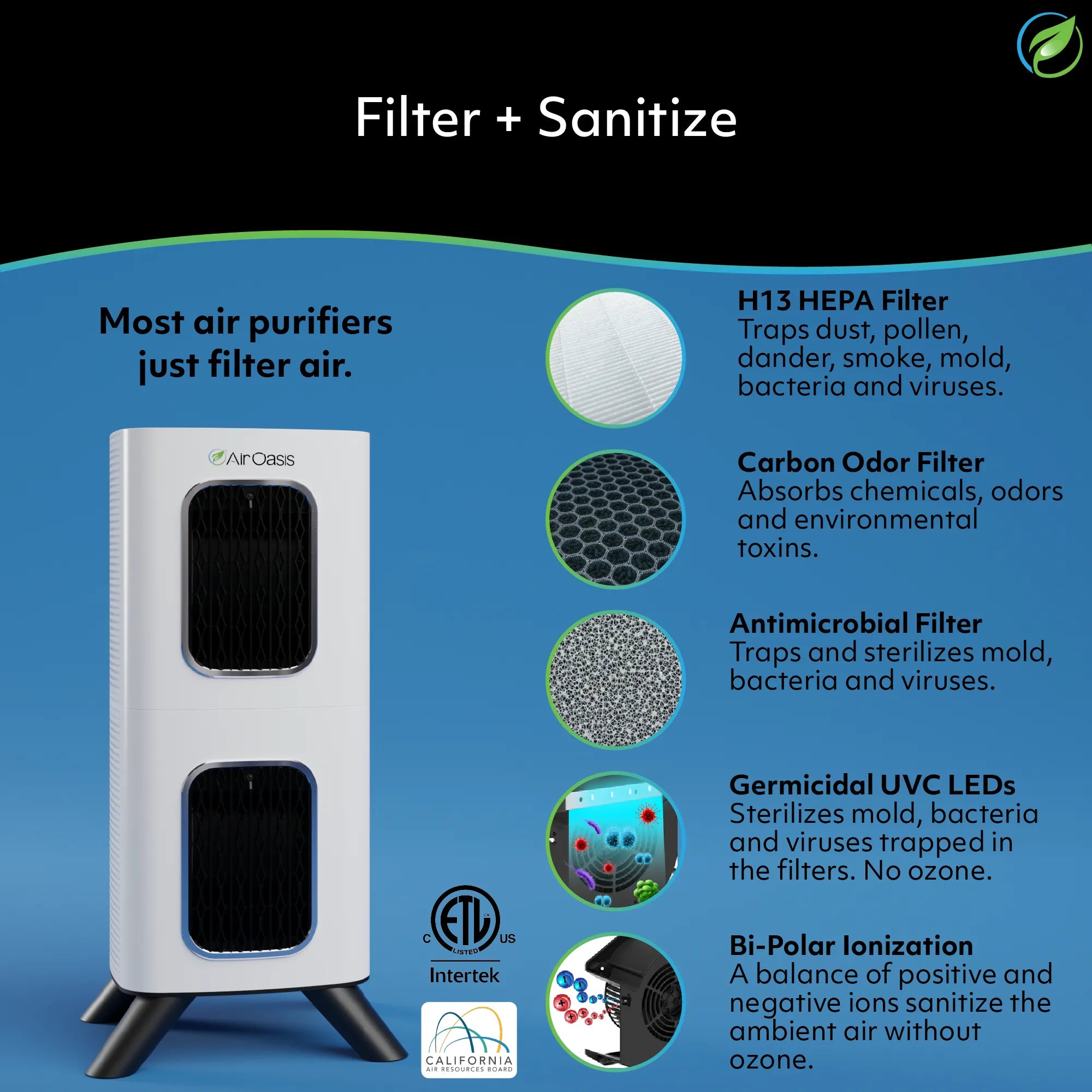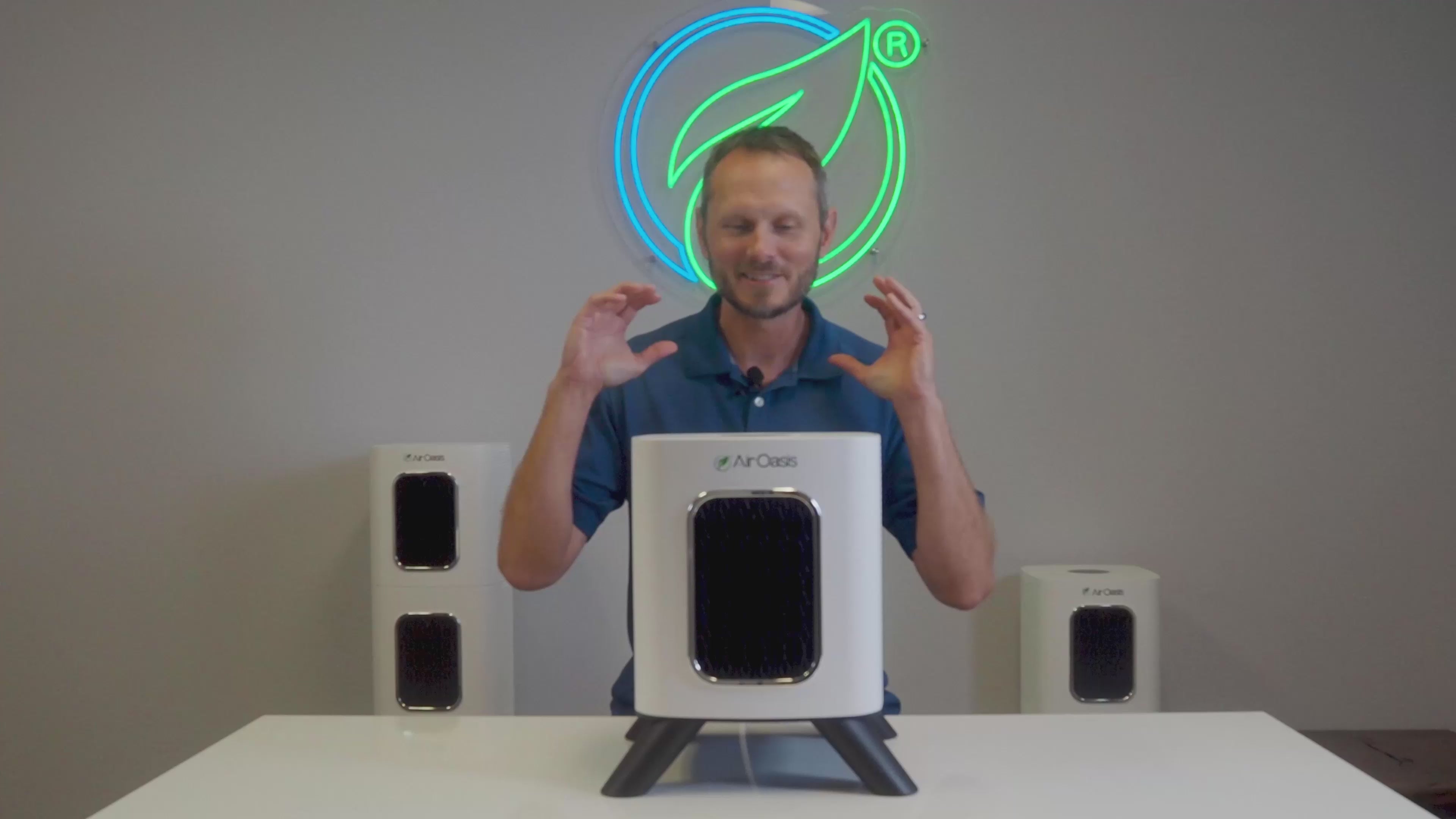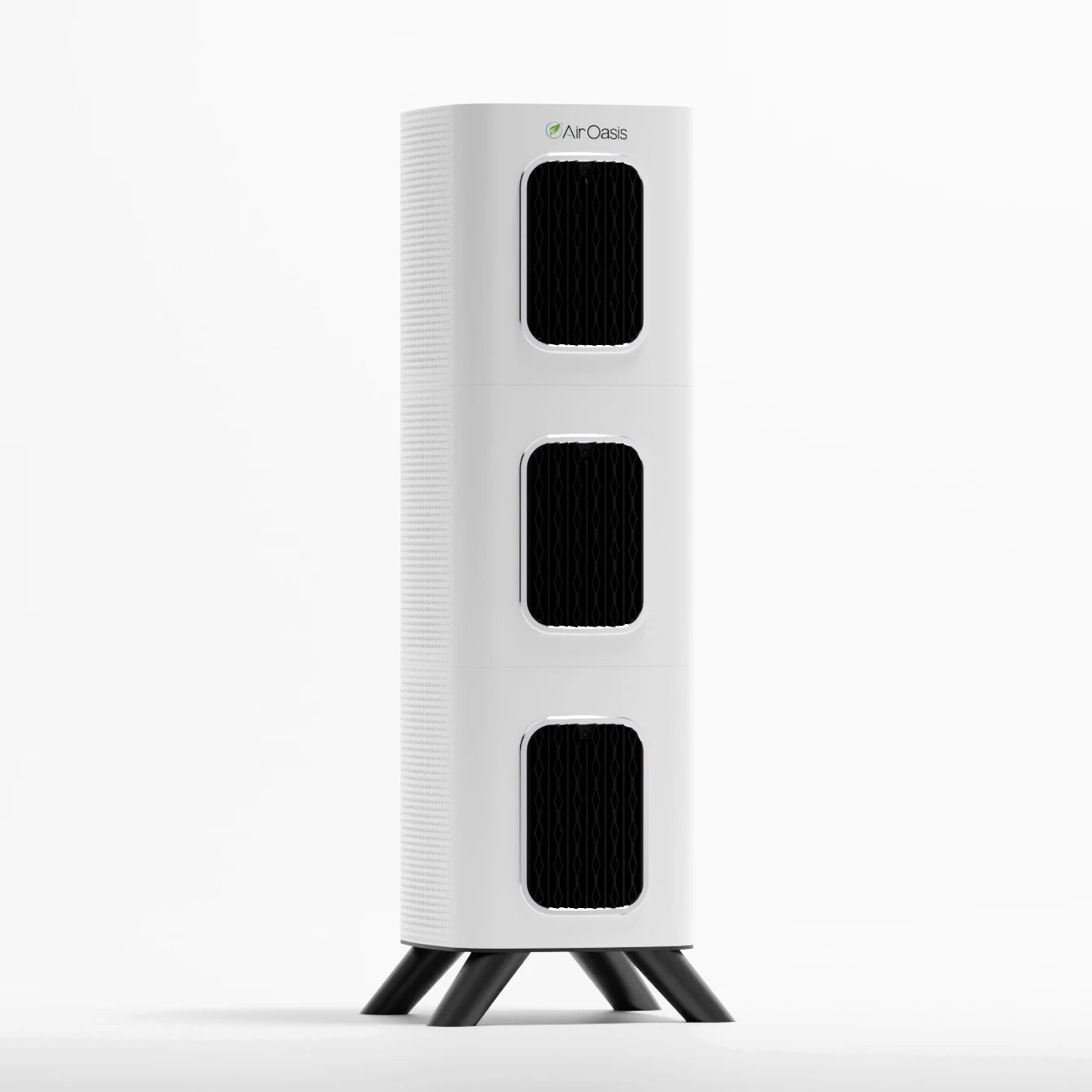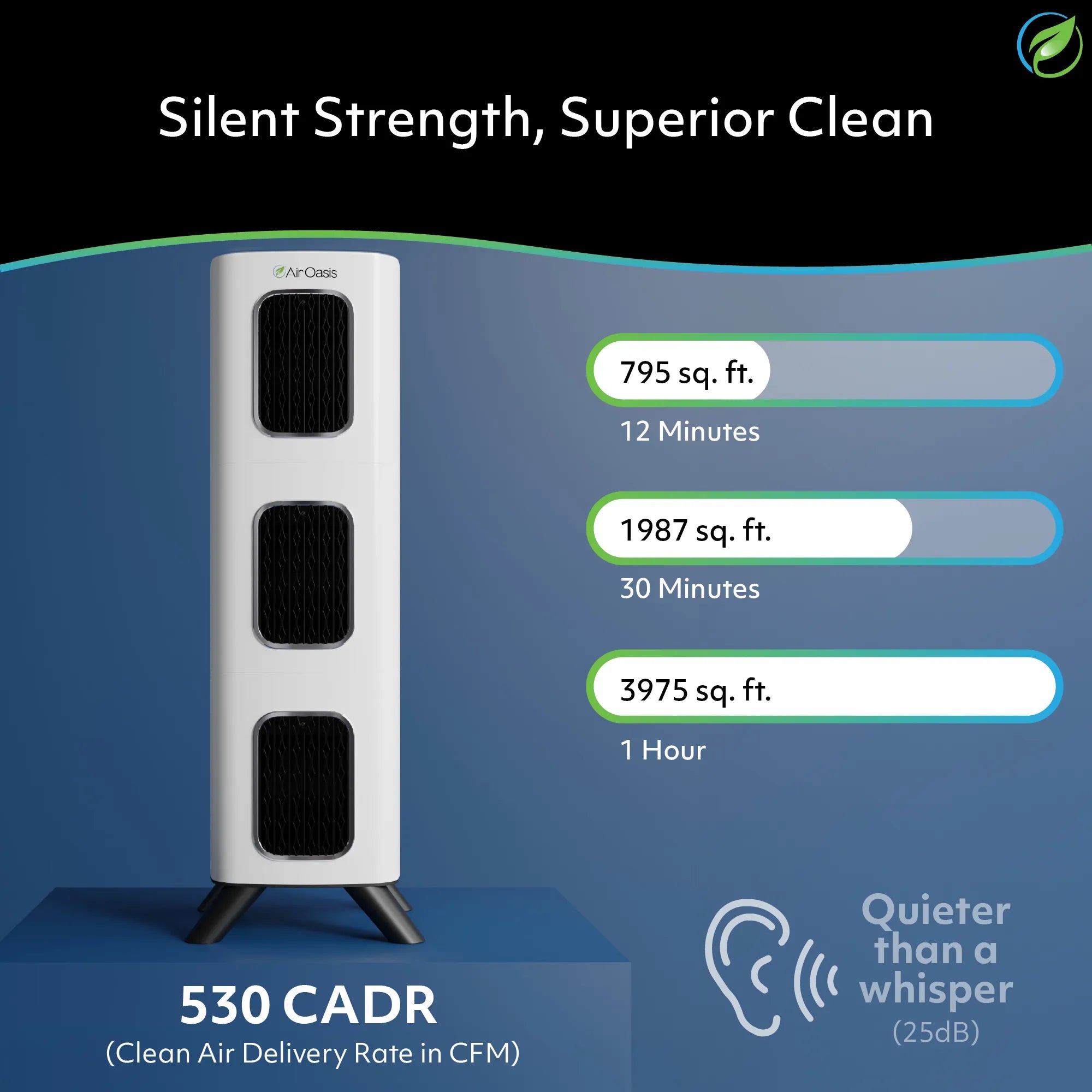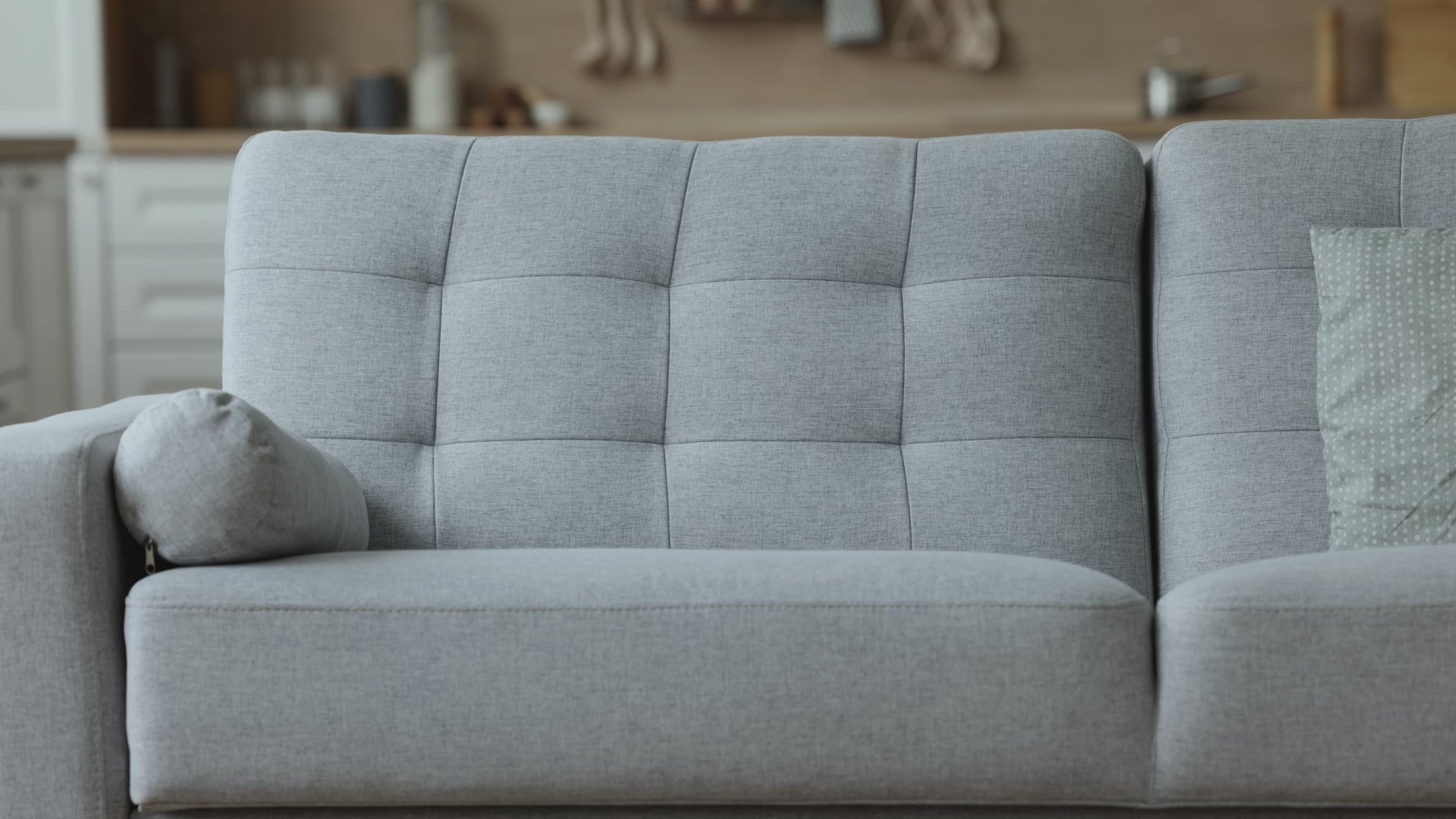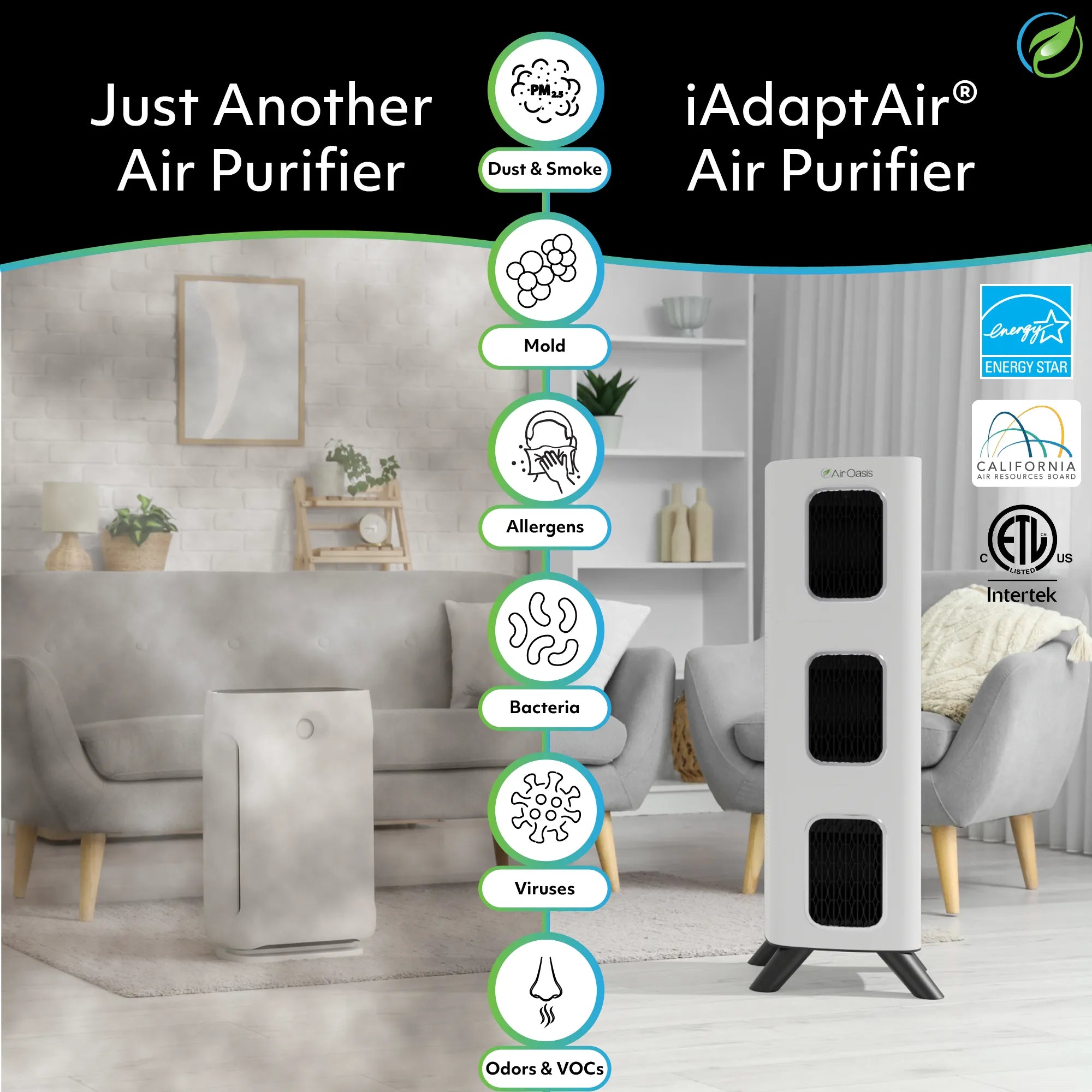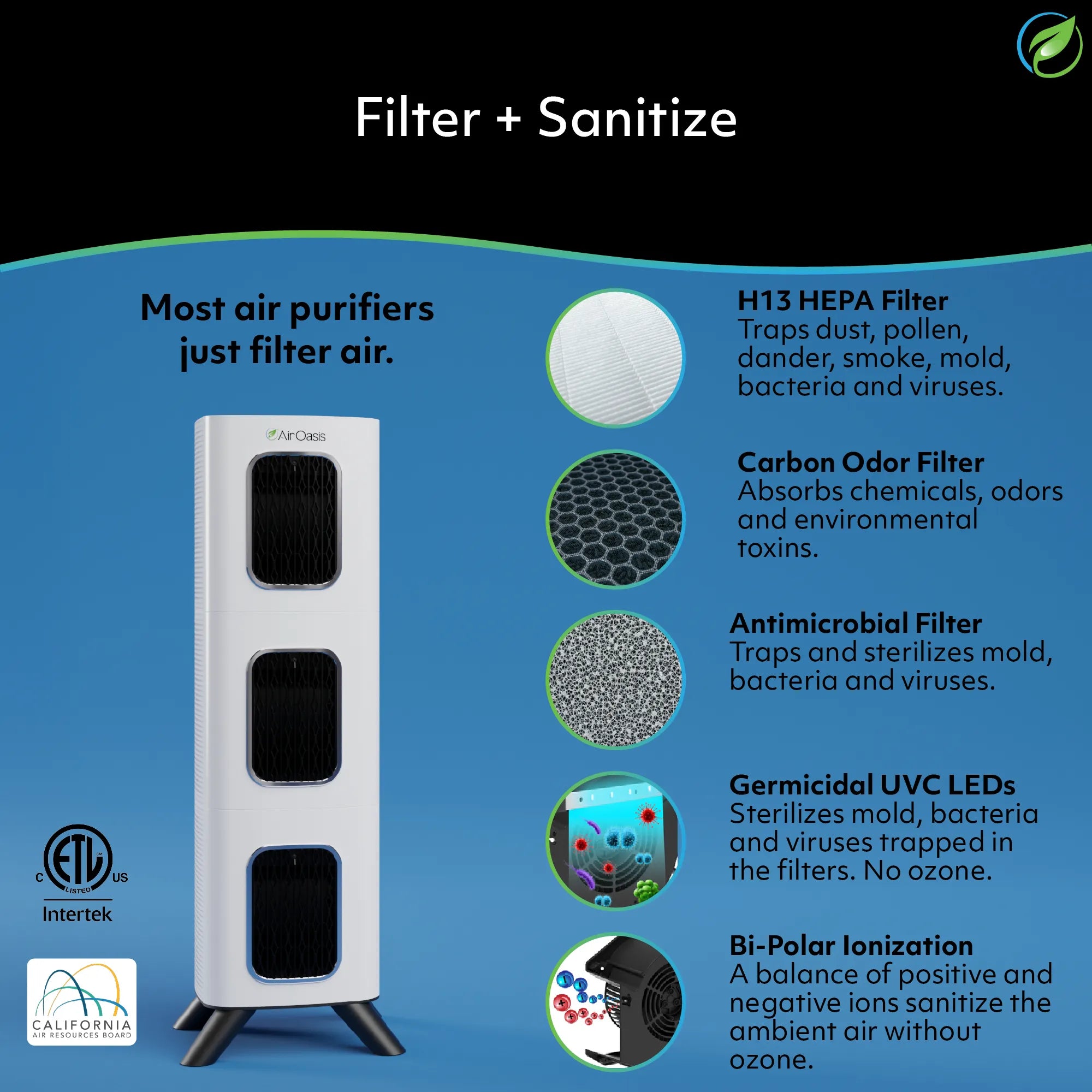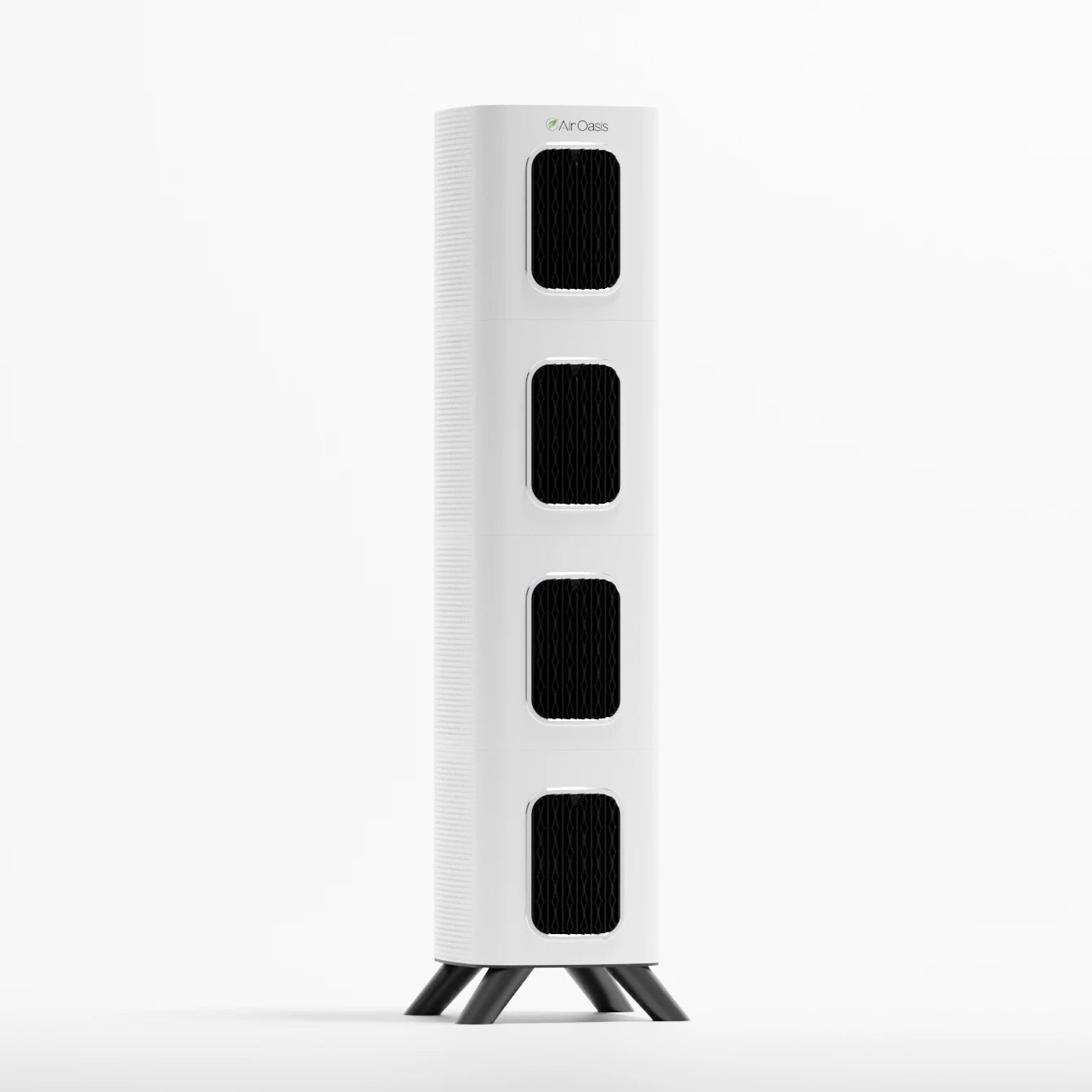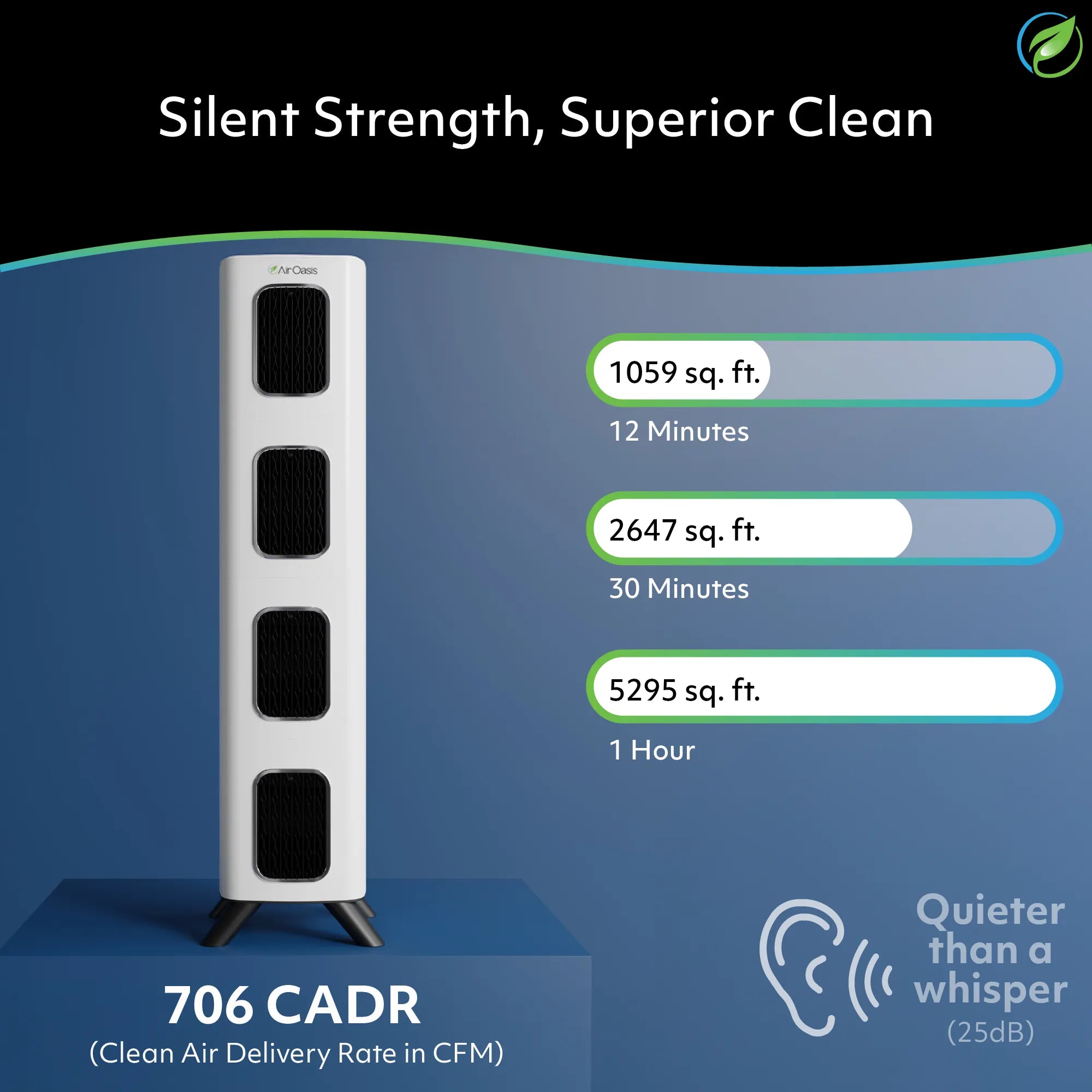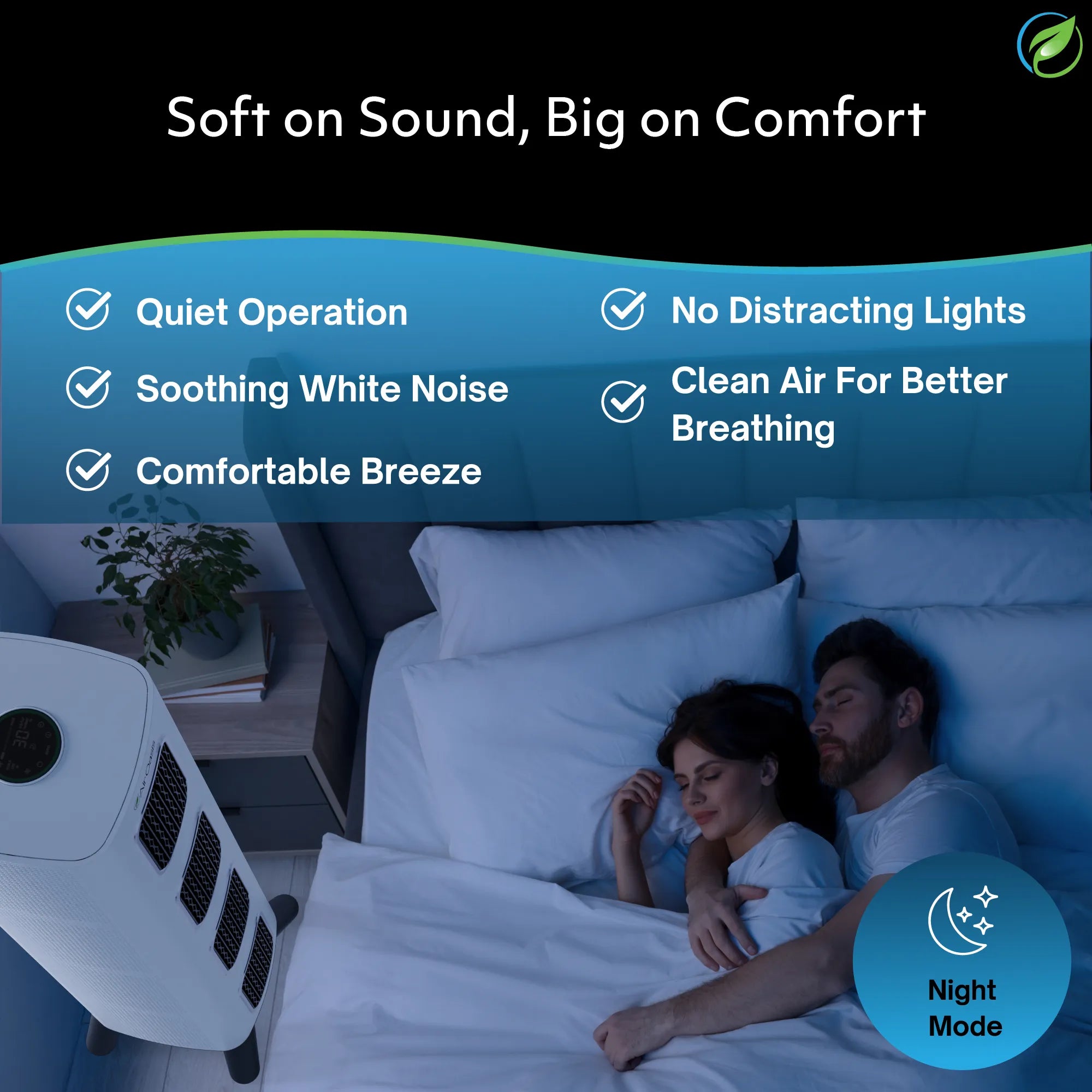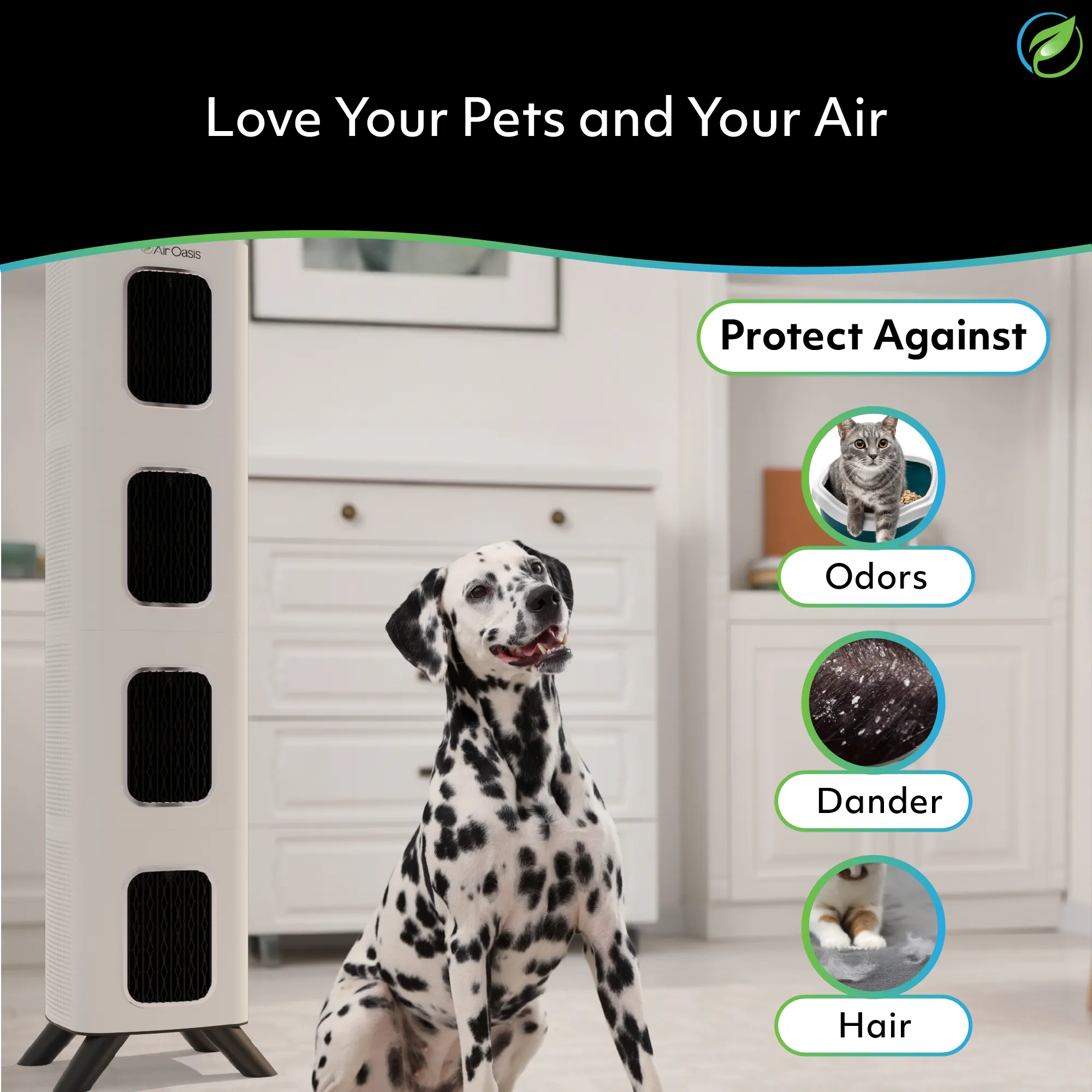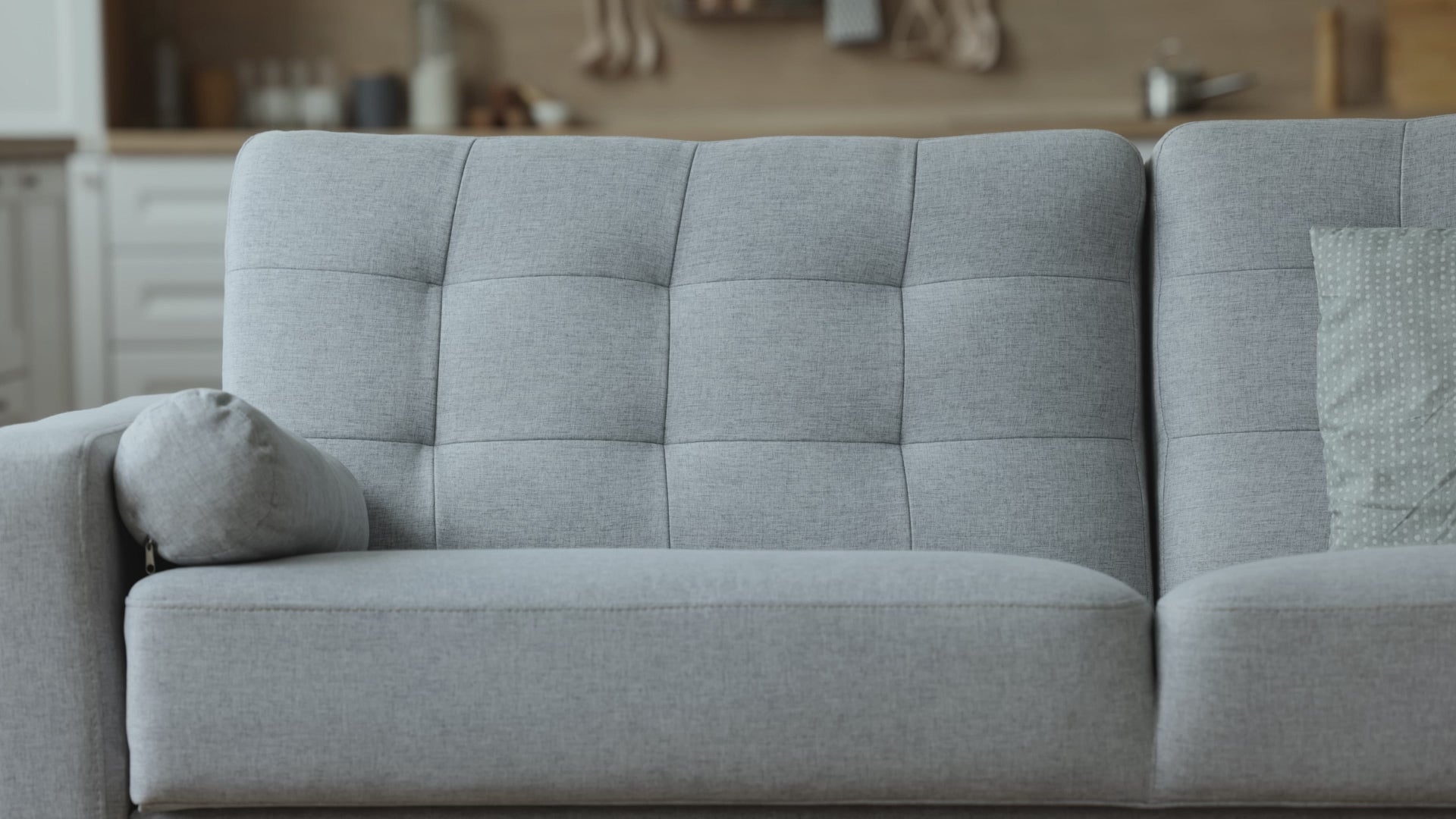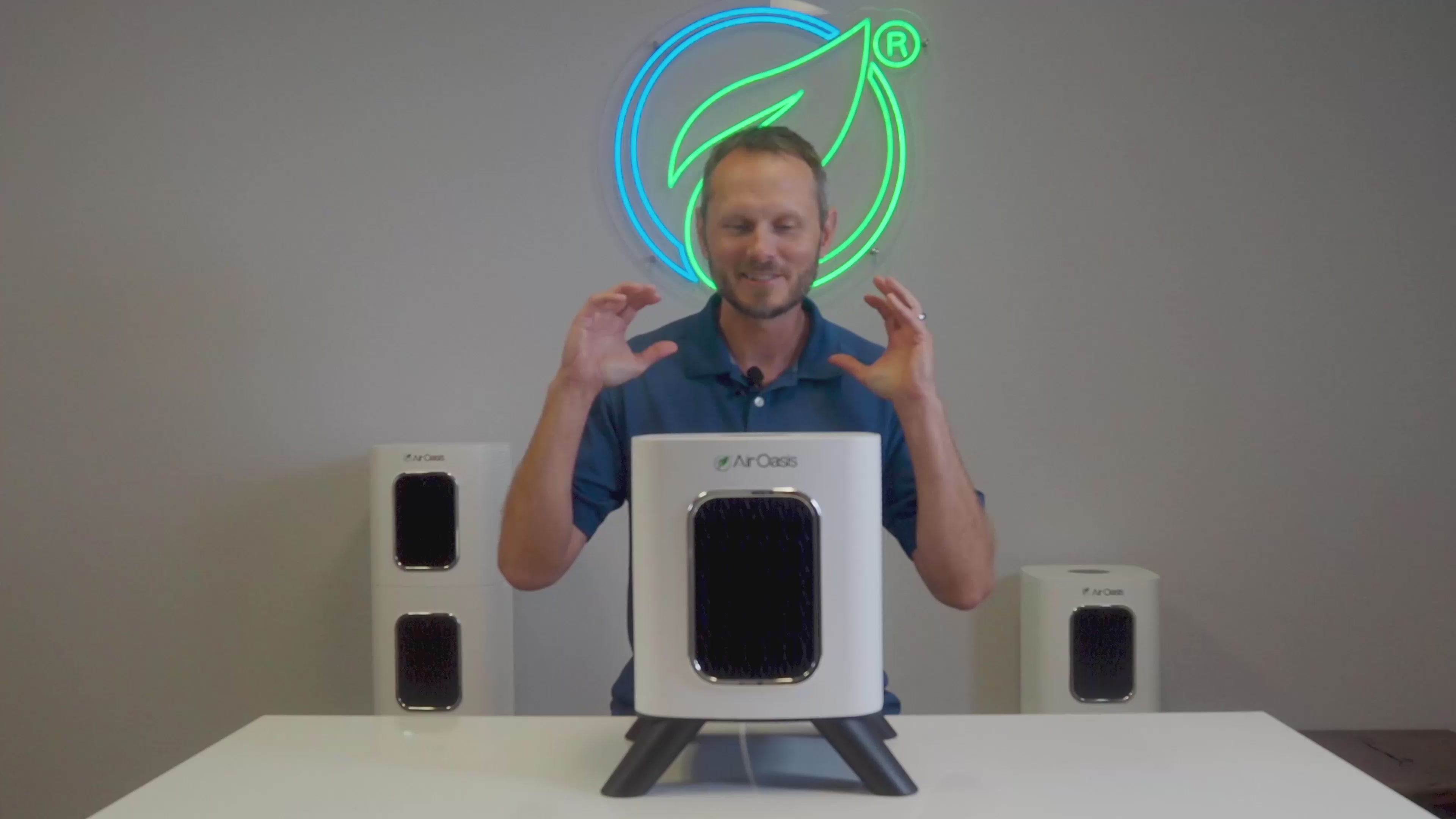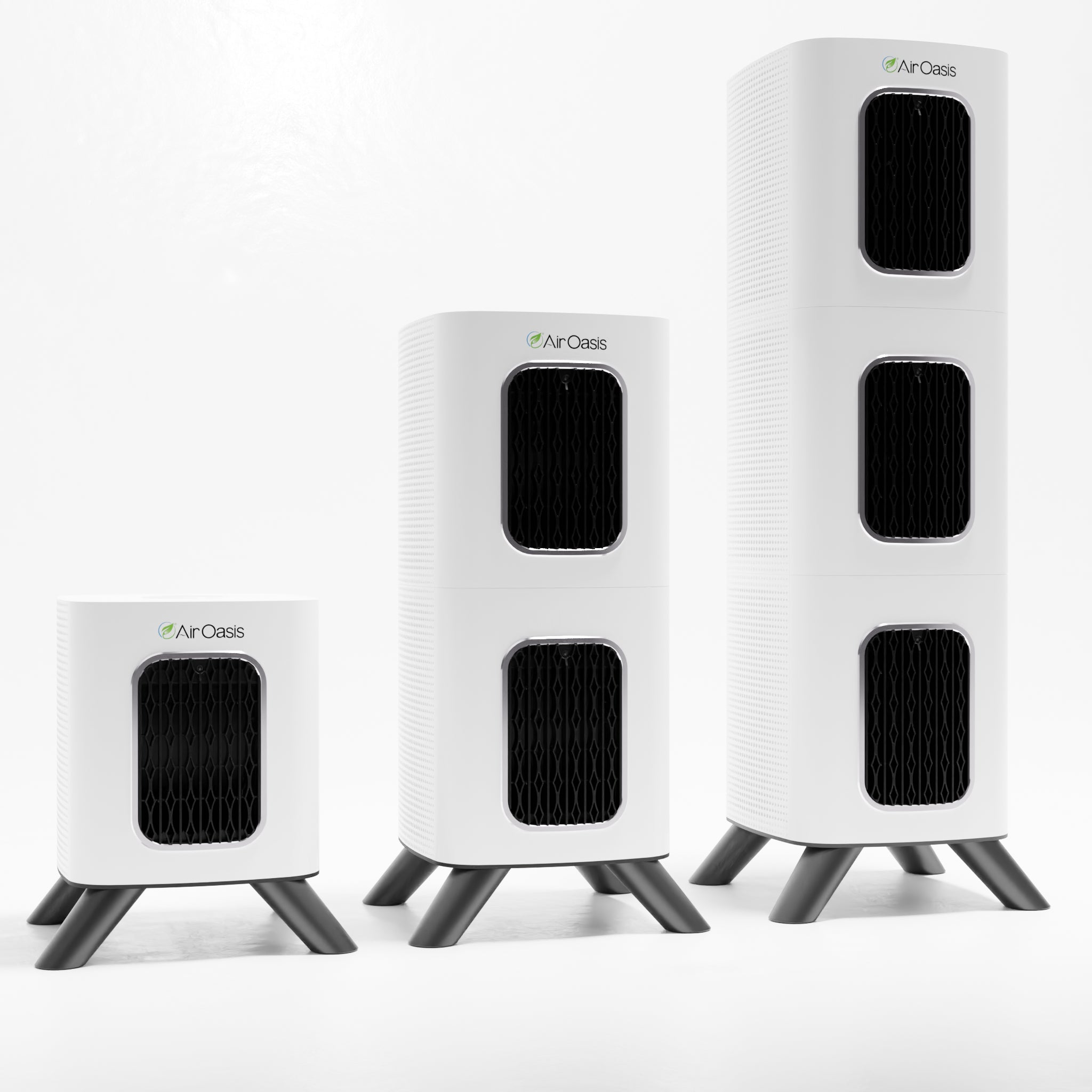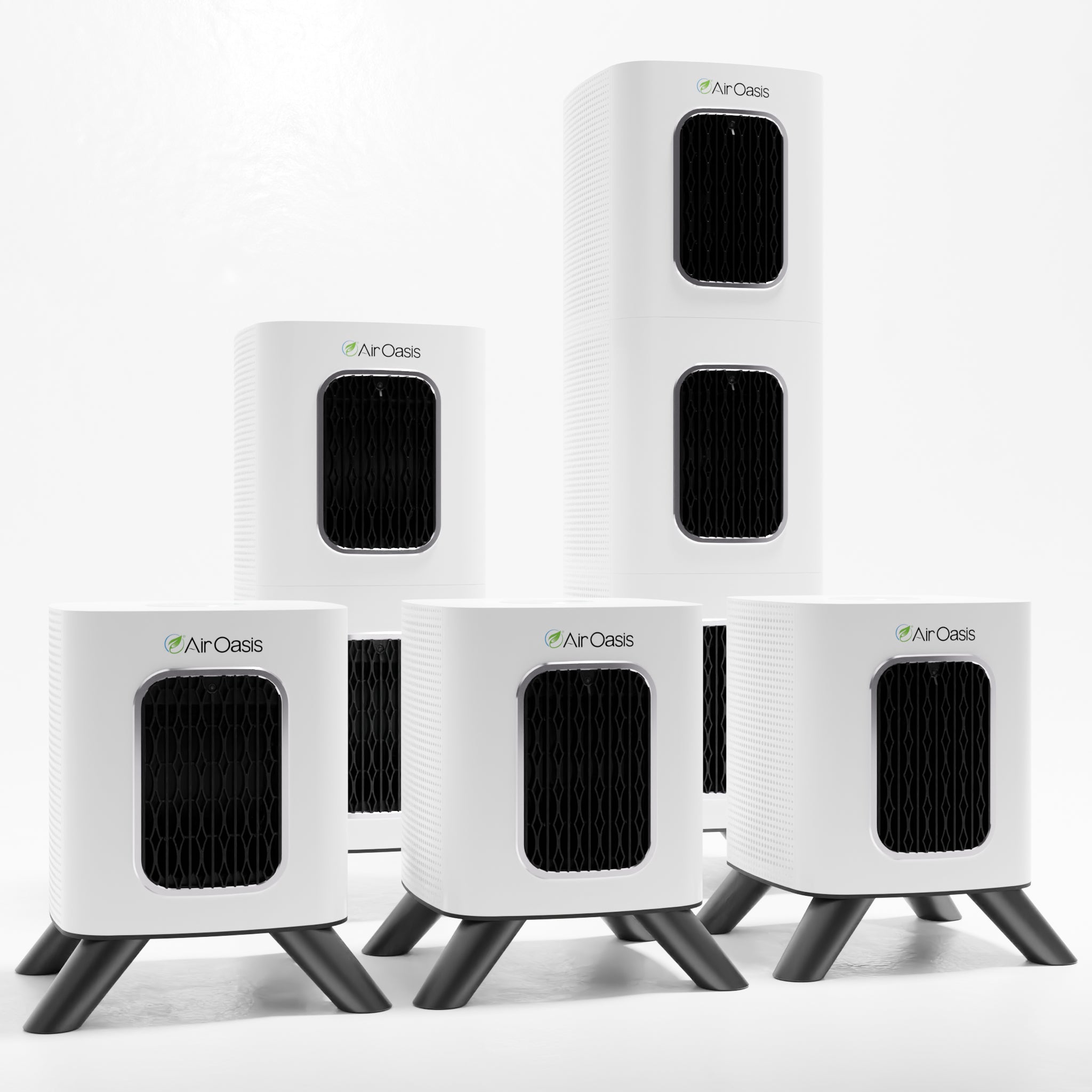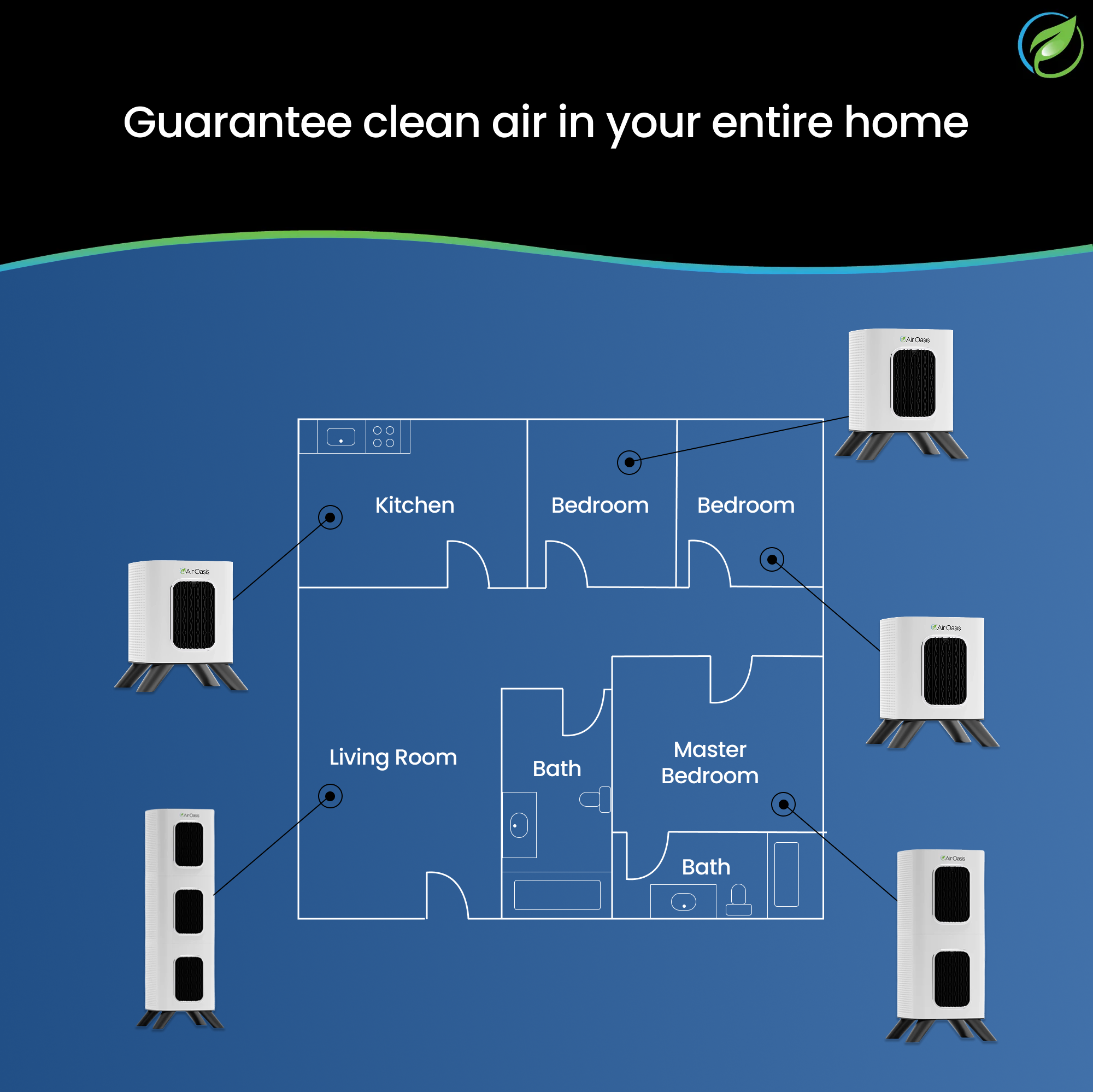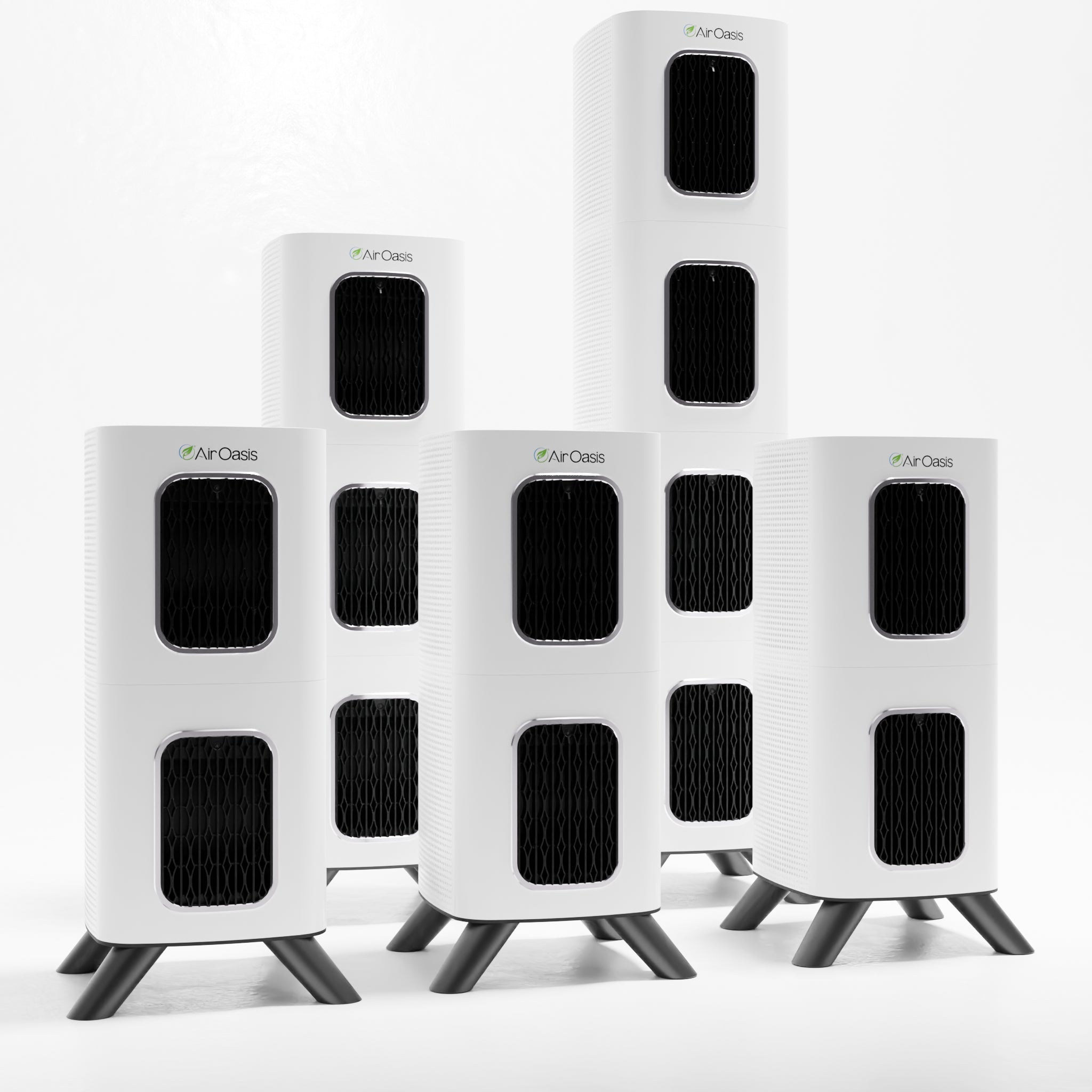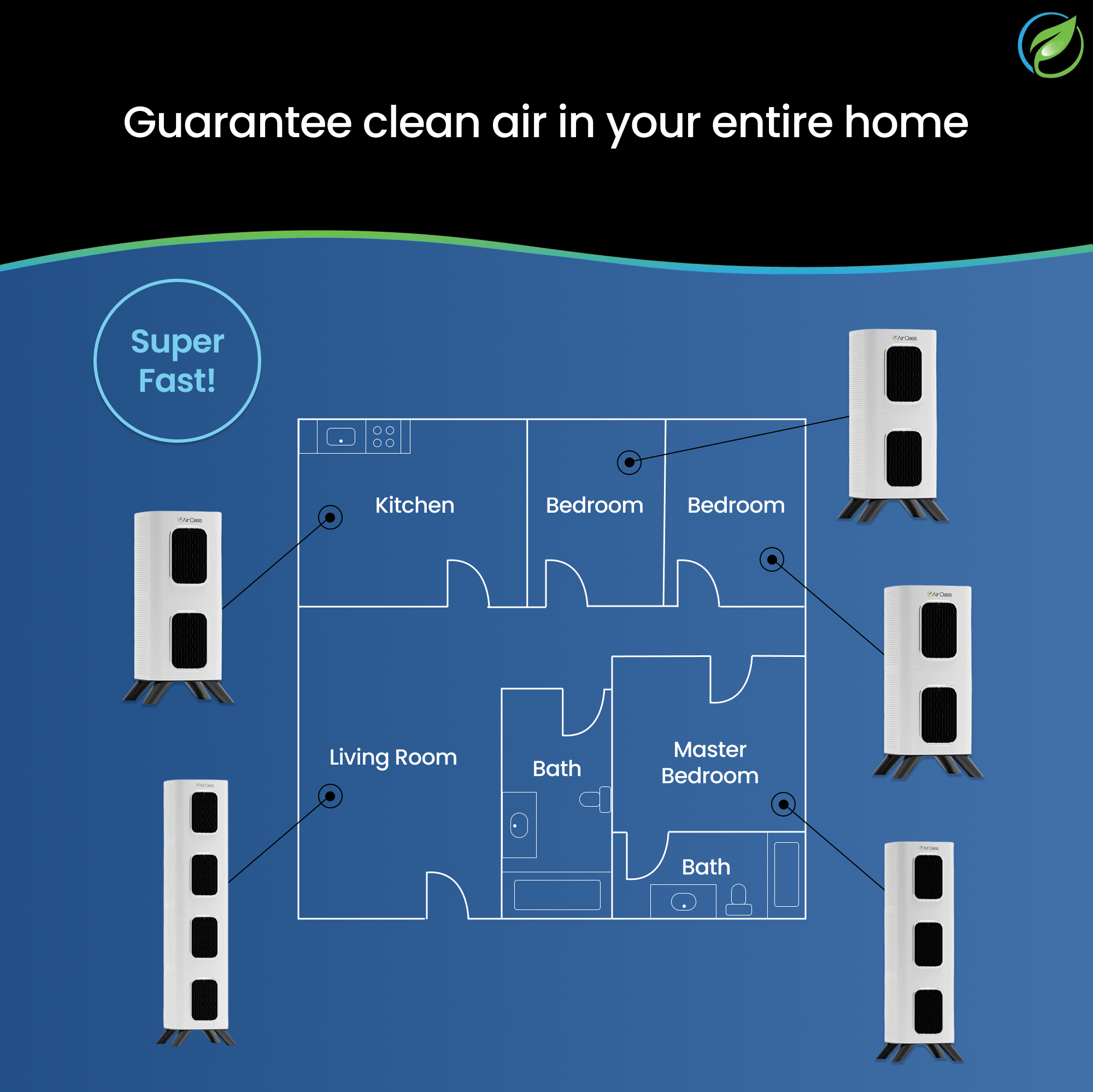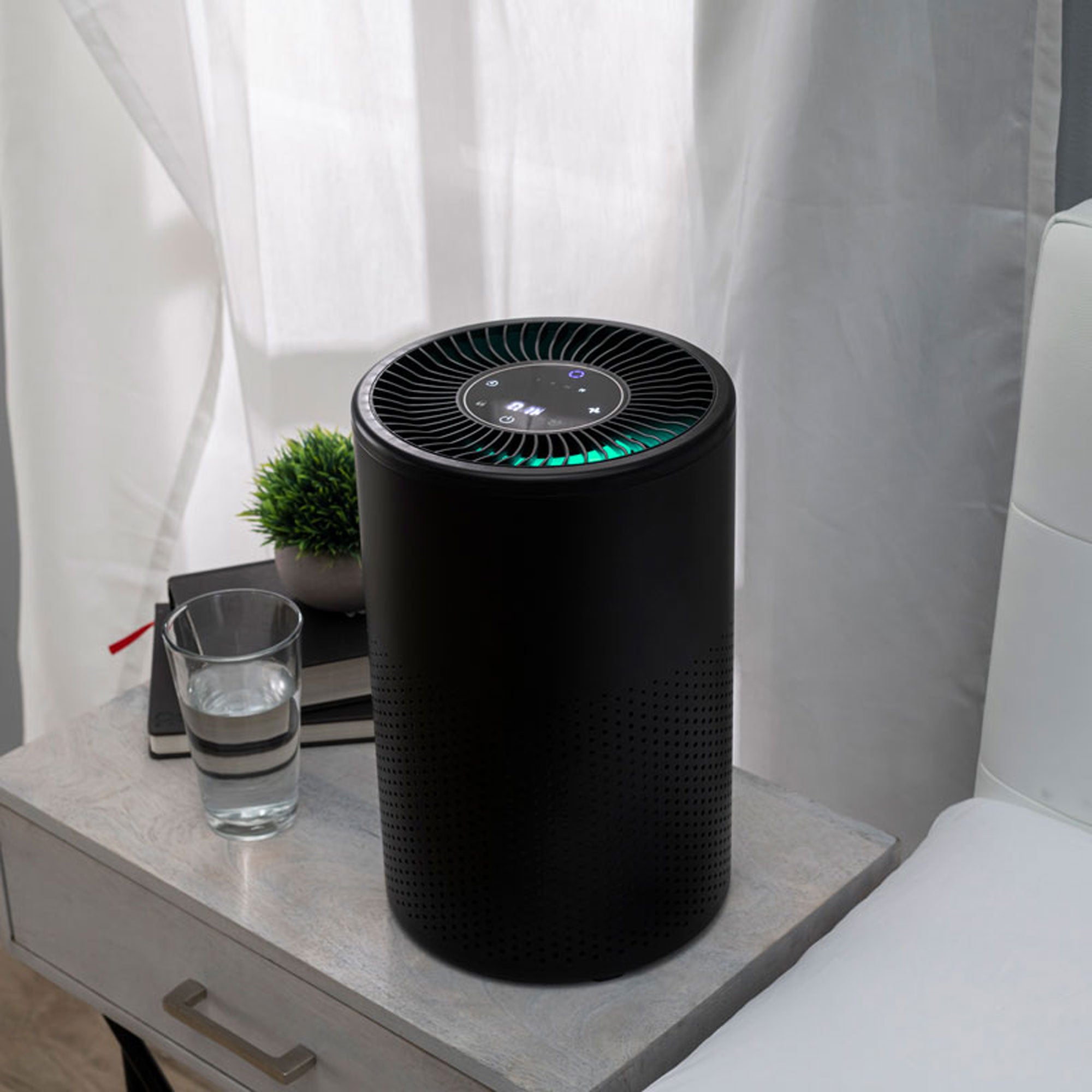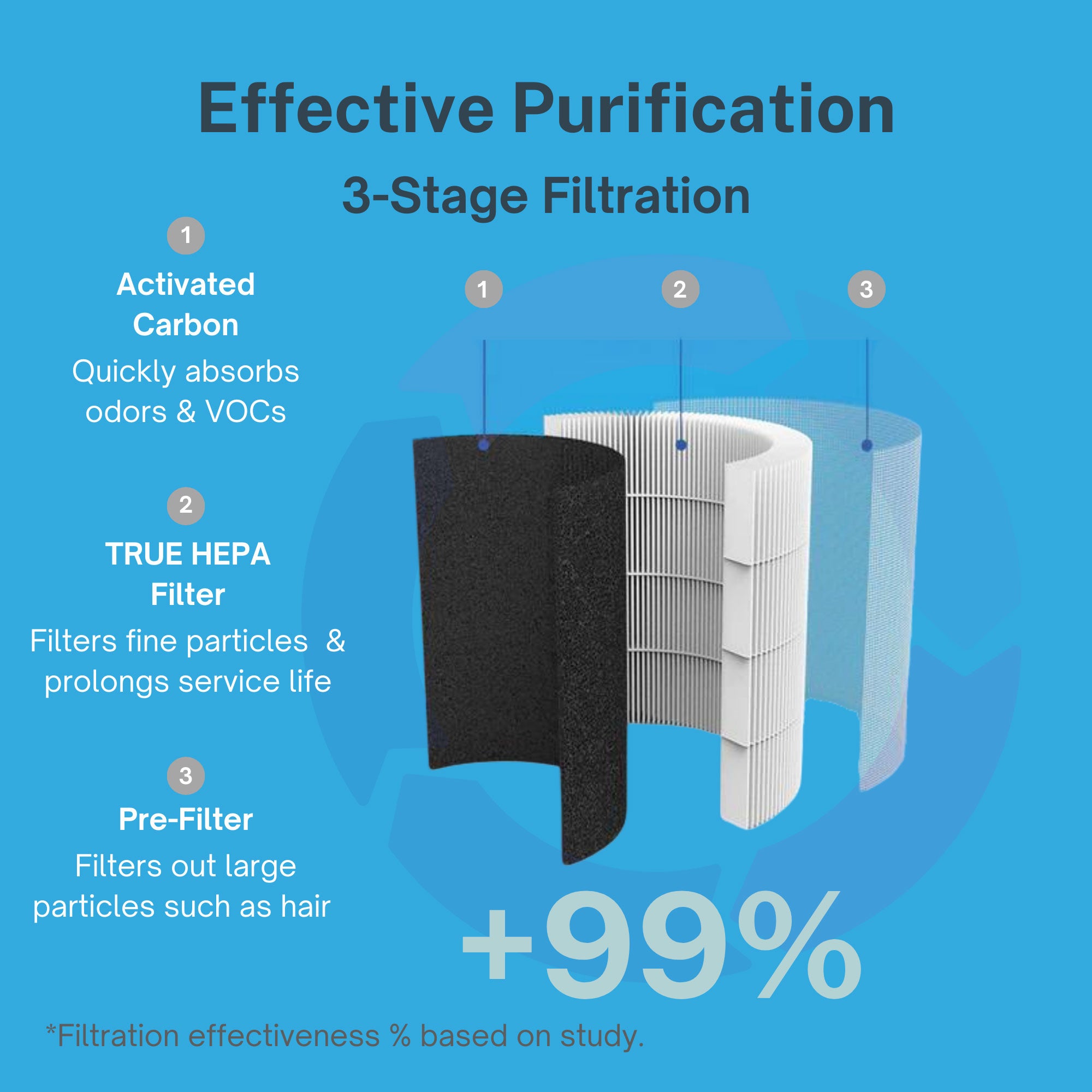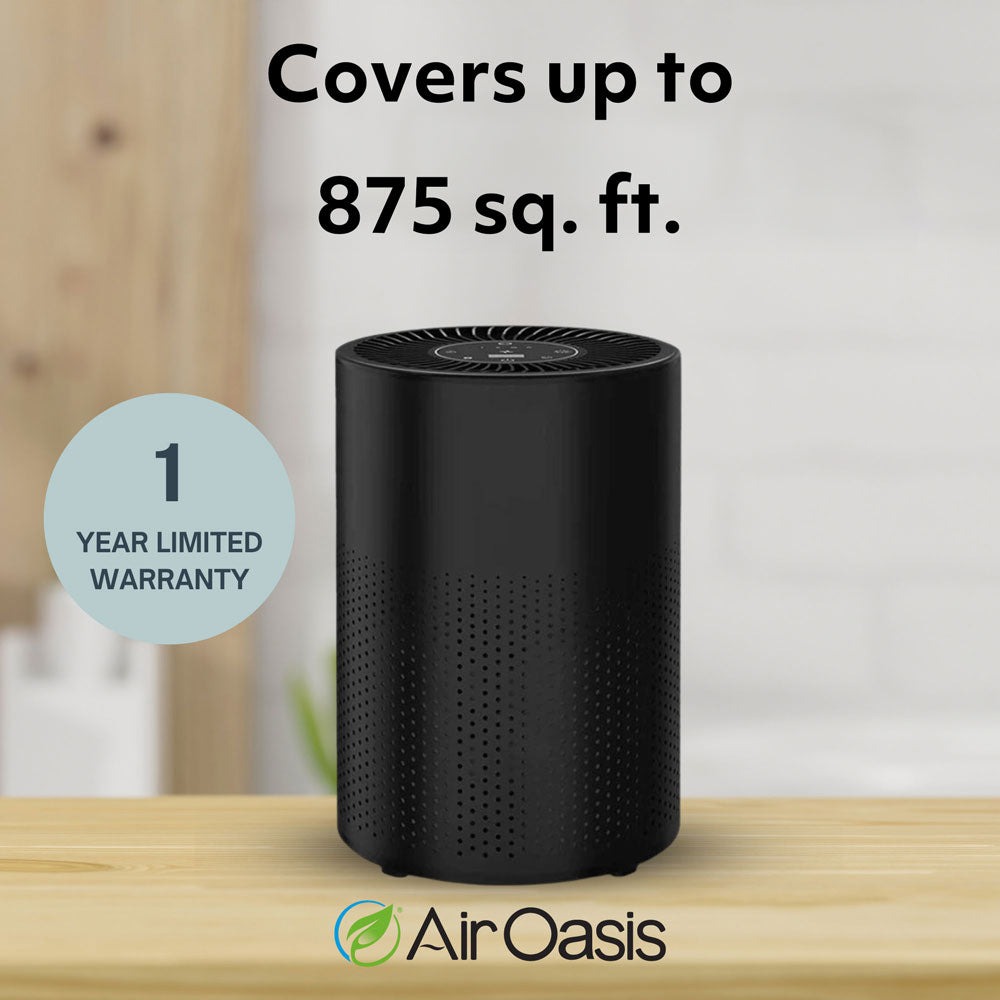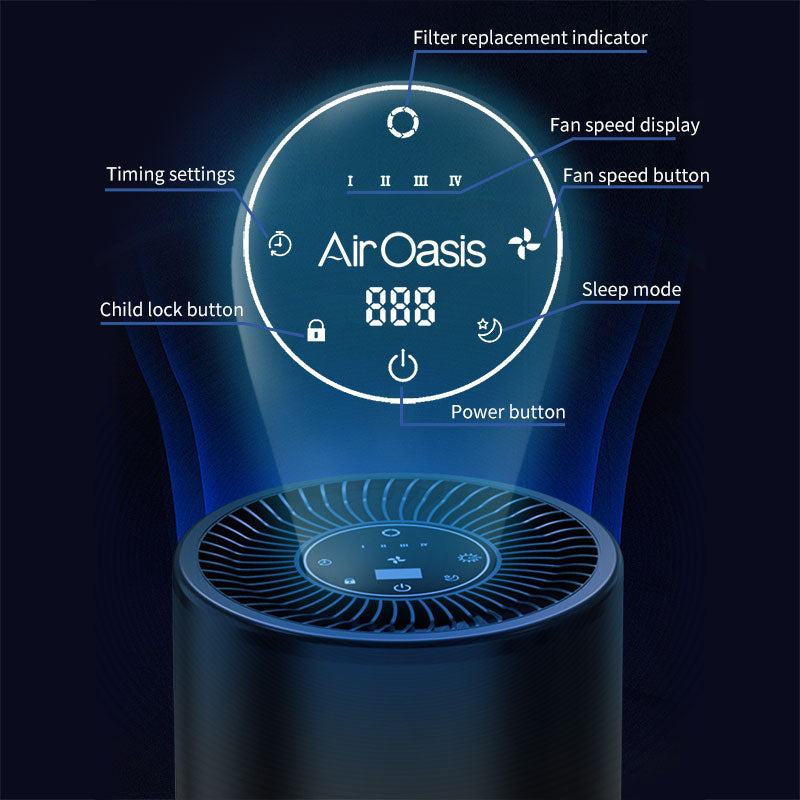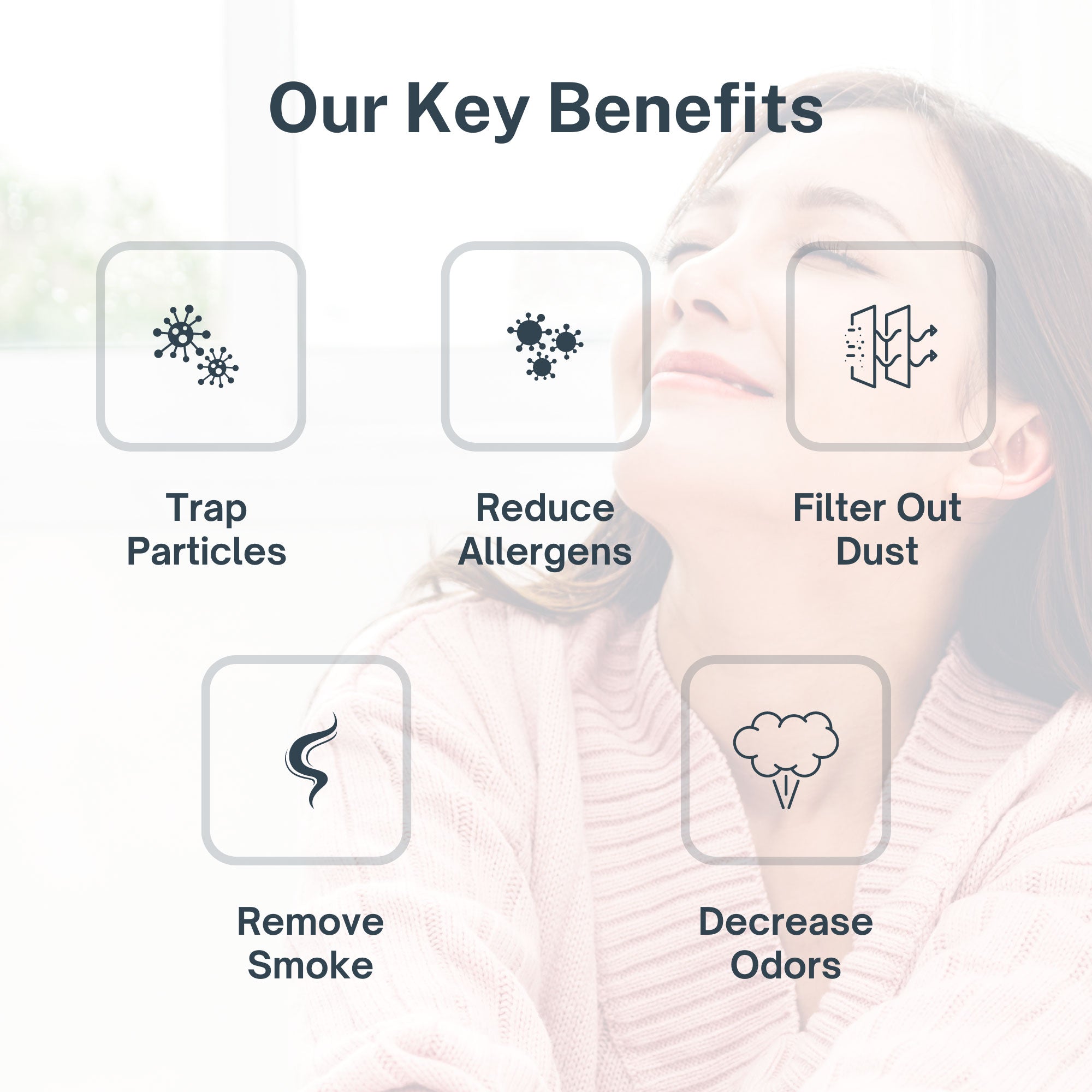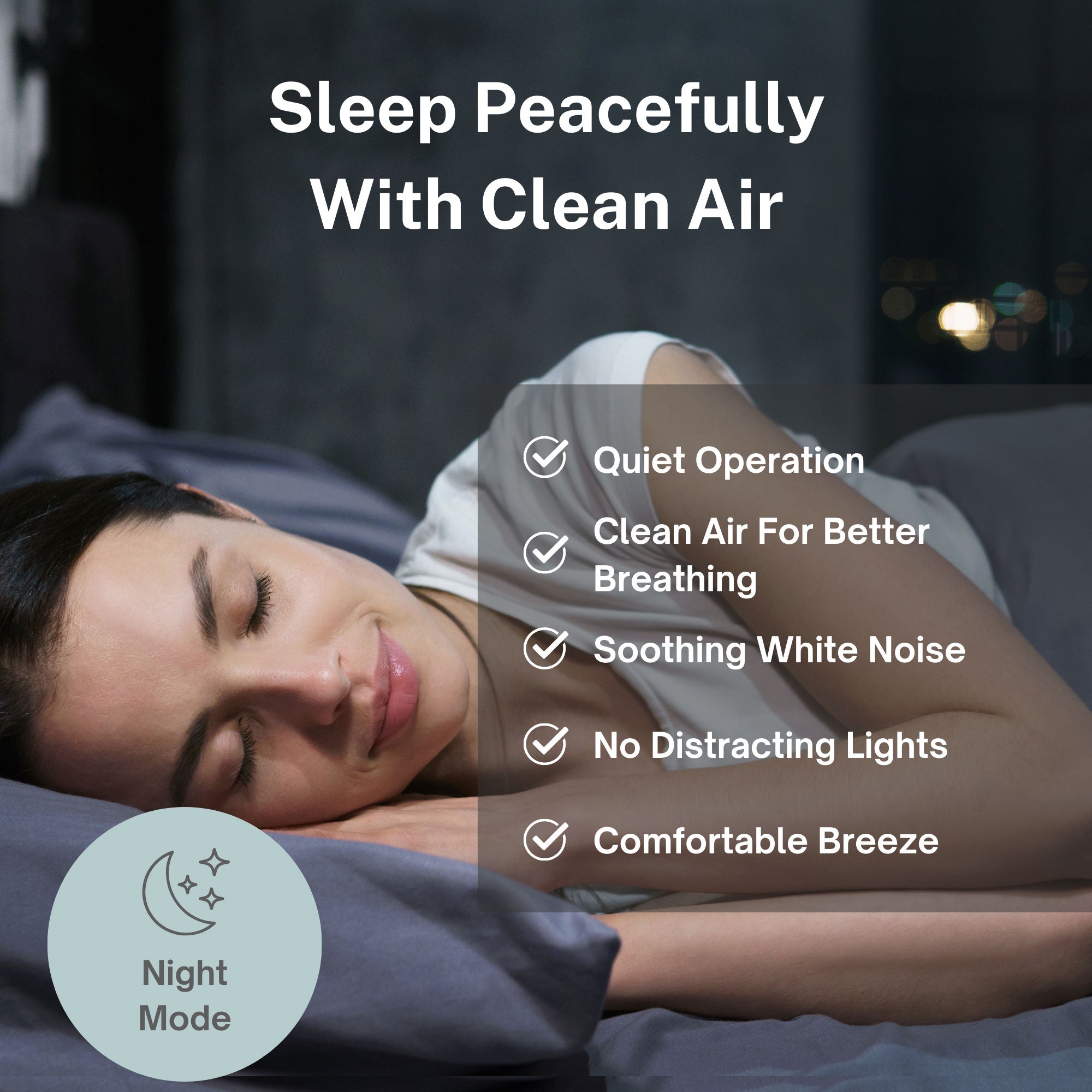Air pollution harms hearts. It damages lungs. It increases stroke risk. Now research reveals another troubling effect: it may be stealing your child's clear vision.
A new study published in PNAS Nexus found that extended exposure to air pollutants contributes to high rates of myopia in schoolchildren. Myopia, commonly called nearsightedness, affects a child's ability to see distant objects clearly. And air quality appears to play a significant role in whether children develop this condition.
The research examined nearly 30,000 schoolchildren in Tianjin, China. Using machine learning to analyze genetic, lifestyle, and environmental data, researchers identified air pollution as a modifiable risk factor for vision problems. While genetics remained the strongest driver of poor vision, children in regions with poor air quality consistently showed worse eyesight than those breathing cleaner air.
The Pollutants Threatening Vision
Two specific pollutants stood out in the research. Fine particulate matter, known as PM2.5, and nitrogen dioxide both showed strong associations with myopia development. These microscopic particles measure just 1/30th the width of a human hair. They penetrate deep into the body after inhalation and enter the bloodstream.
Once circulating through the body, these particles affect every organ system. The eyes prove particularly vulnerable. The delicate tissues and blood vessels serving the eye respond to the same inflammatory processes that PM2.5 triggers throughout the body.
Professor Zongbo Shi, lead author and atmospheric biogeochemistry expert at Britain's University of Birmingham, explains the connection simply. High air pollution exposure increases the risk of becoming shortsighted. The relationship appears dose-dependent. Higher pollution levels correspond to worse vision outcomes.
The research team simulated "clean air" scenarios to test this relationship. Reducing PM2.5 and nitrogen dioxide to the lowest levels observed in the study correlated with better eyesight across the student population. Primary school children benefited most, showing nearly double the improvement compared to older students.
Why Young Eyes Are Most Vulnerable
This age difference matters significantly. Young children's eyes are still developing. The structures controlling focus and distance vision continue maturing through childhood and adolescence. Environmental insults during these critical development windows can alter trajectory permanently.
Primary school age represents peak vulnerability. The visual system hasn't finished developing. Neural pathways supporting vision remain plastic and responsive to environmental inputs. Pollutant exposure during this period may cause changes that persist into adulthood.
The findings suggest that air quality represents an important modifiable factor in protecting children's eyesight. Unlike genetic predisposition, which remains fixed, air pollution exposure can be reduced through environmental controls and protective measures.
Lifestyle factors also emerged as significant risk factors. Sleep deprivation and increased screen time both posed threats to vision development. But unlike genetics, both air quality and lifestyle represent factors parents can influence.
Understanding the Broader Context
The research adds to a limited but growing body of evidence linking air pollution to vision complications. A Denver study found that air pollution correlated with increased ophthalmology visits and inflammation of the eye's outer membrane. Another clinical practice study published earlier this year showed that air pollutant exposure increased myopic progression risk in children.
These findings align with broader understanding of how particulate matter affects body systems. Once PM2.5 particles enter the bloodstream, they trigger inflammatory responses throughout the body. Blood vessels in the eye respond to these inflammatory signals just as vessels in the heart and brain do.
Wildfire smoke represents one of the leading sources of PM2.5 exposure in the United States. Seasonal smoke events expose millions of children to elevated particulate matter levels. While the China study didn't assess short-term exposure impacts, experts note that PM2.5 causes immediate effects including respiratory problems, eye irritation, and sinus inflammation.
Protecting Children's Vision Through Clean Air
You can't change your child's genetic predisposition to vision problems. But you can control the air they breathe inside your home. Professor Shi emphasizes that reducing exposure remains key to protecting eye health alongside overall disease burden reduction.
Indoor air purification provides the most direct protection available. The iAdaptAir system captures 99.97 percent of particles as small as 0.3 microns through HEPA filtration. That includes the PM2.5 particles linked to myopia development and the full range of fine particulate matter that threatens children's developing systems.
Smart sensors monitor indoor air quality continuously. When outdoor pollution infiltrates through ventilation systems or open windows, the system responds automatically. Fan speeds adjust to match pollutant levels, maintaining clean air regardless of outdoor conditions.
UV-C technology adds pathogen control to particulate filtration. Activated carbon removes volatile organic compounds and nitrogen dioxide. This comprehensive approach addresses multiple air quality threats simultaneously, creating the clean indoor environment children's developing eyes need.
The Long-Term Investment in Vision Health
Myopia rates have increased dramatically in recent decades, particularly in urban areas with poor air quality. While genetics and screen time receive most attention, environmental factors deserve equal consideration. Air pollution represents a modifiable risk factor that parents can address through direct action.
The research team calls for policy changes to slow emissions and reduce pollutants causing mounting health effects. Those systemic changes matter. But they won't protect your child's vision today or tomorrow. Personal action provides immediate benefits while broader environmental improvements develop.
Children spend significant time indoors at home and school. Ensuring clean indoor air at home gives them refuge from outdoor pollution exposure. Combined with healthy lifestyle habits including outdoor time, adequate sleep, and limited screen exposure, clean indoor air supports optimal vision development.
Protect Your Child's Vision Today
Your child's eyesight develops during a critical window that won't repeat. The air they breathe during these formative years influences their visual health for life. Don't let air pollution compromise their developing vision.
The iAdaptAir system provides medical-grade protection against PM2.5 and the pollutants linked to myopia development. HEPA filtration removes fine particles before they enter your child's respiratory system and bloodstream. Smart technology ensures continuous protection adapted to real-time air quality conditions.
Give your children the clean air their developing eyes need. Shop Air Oasis today and invest in your family's long-term vision health.




